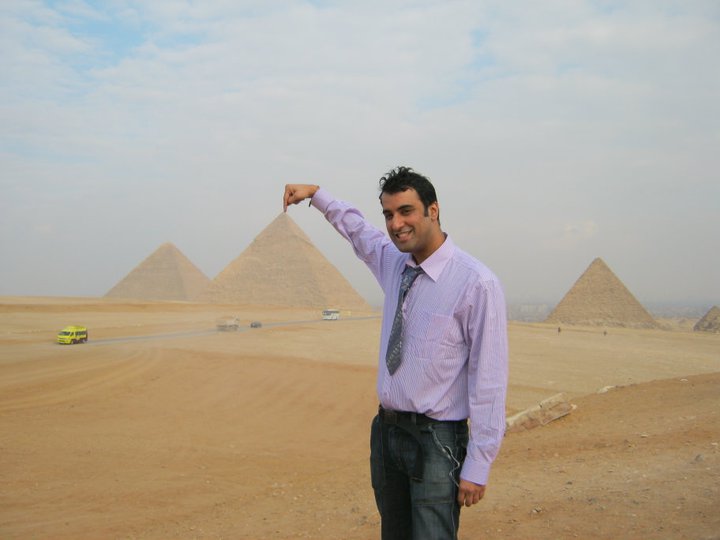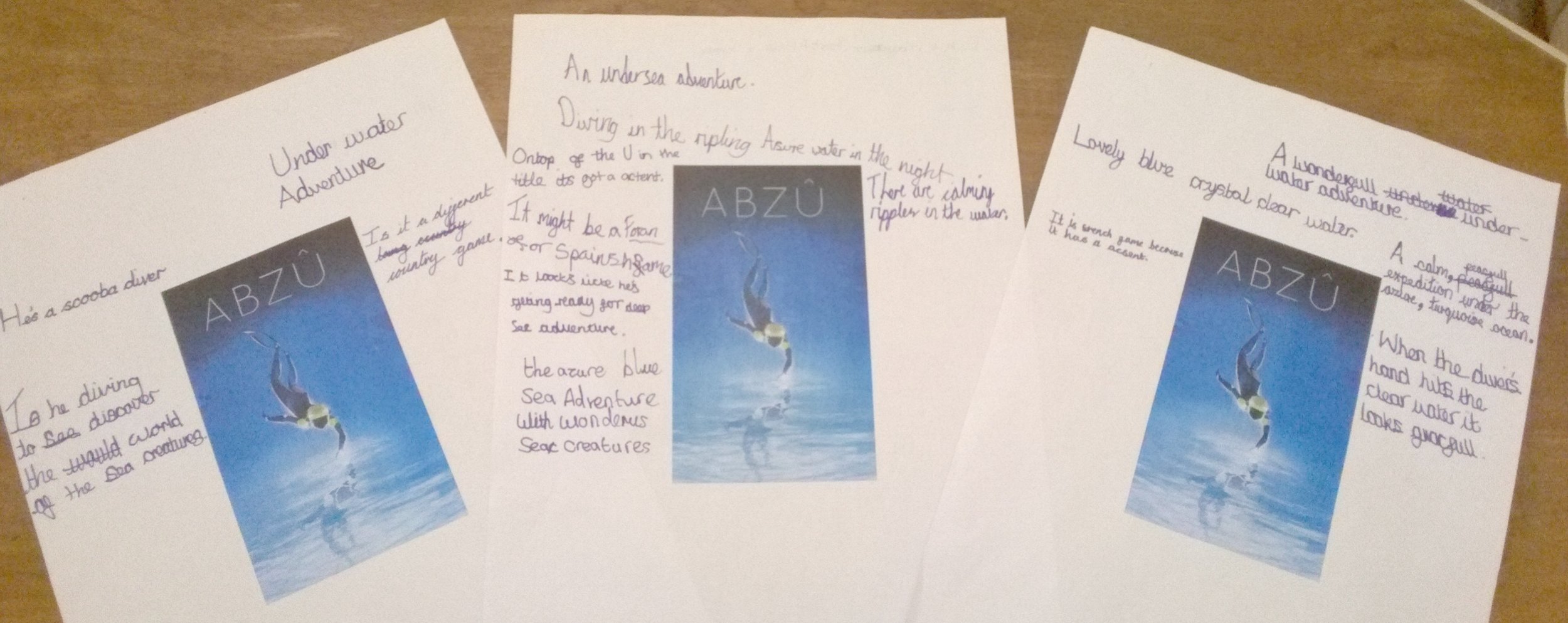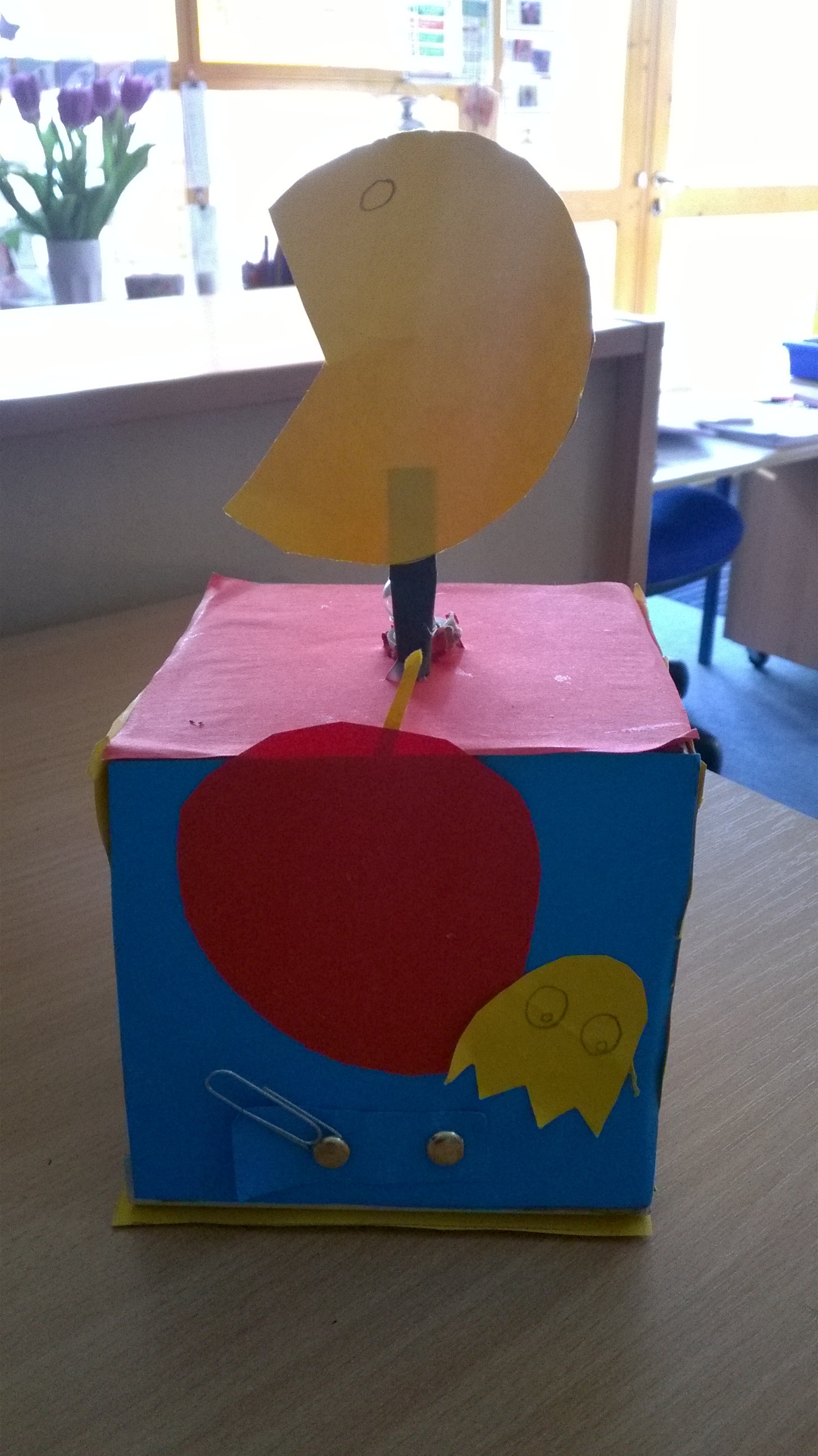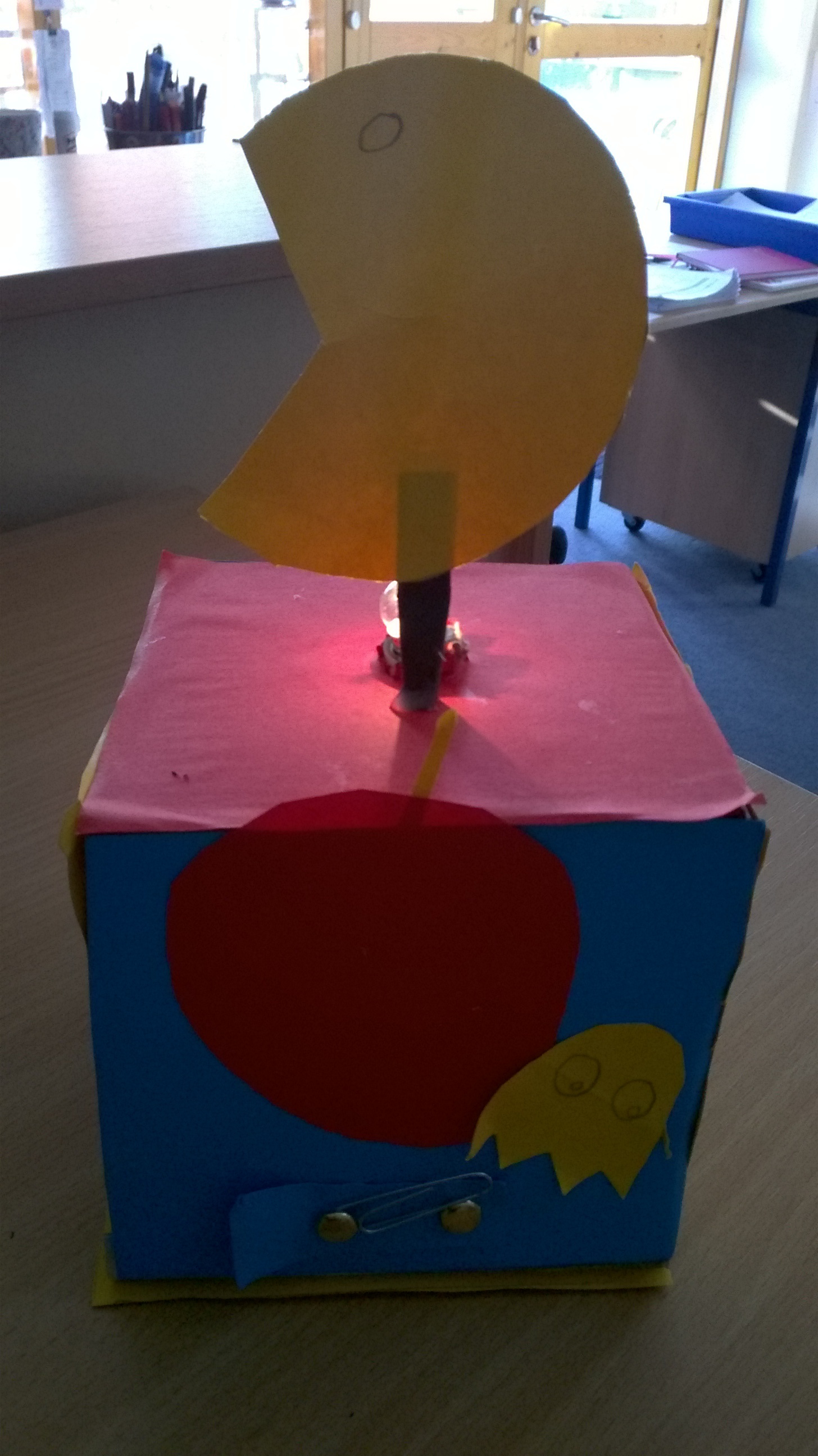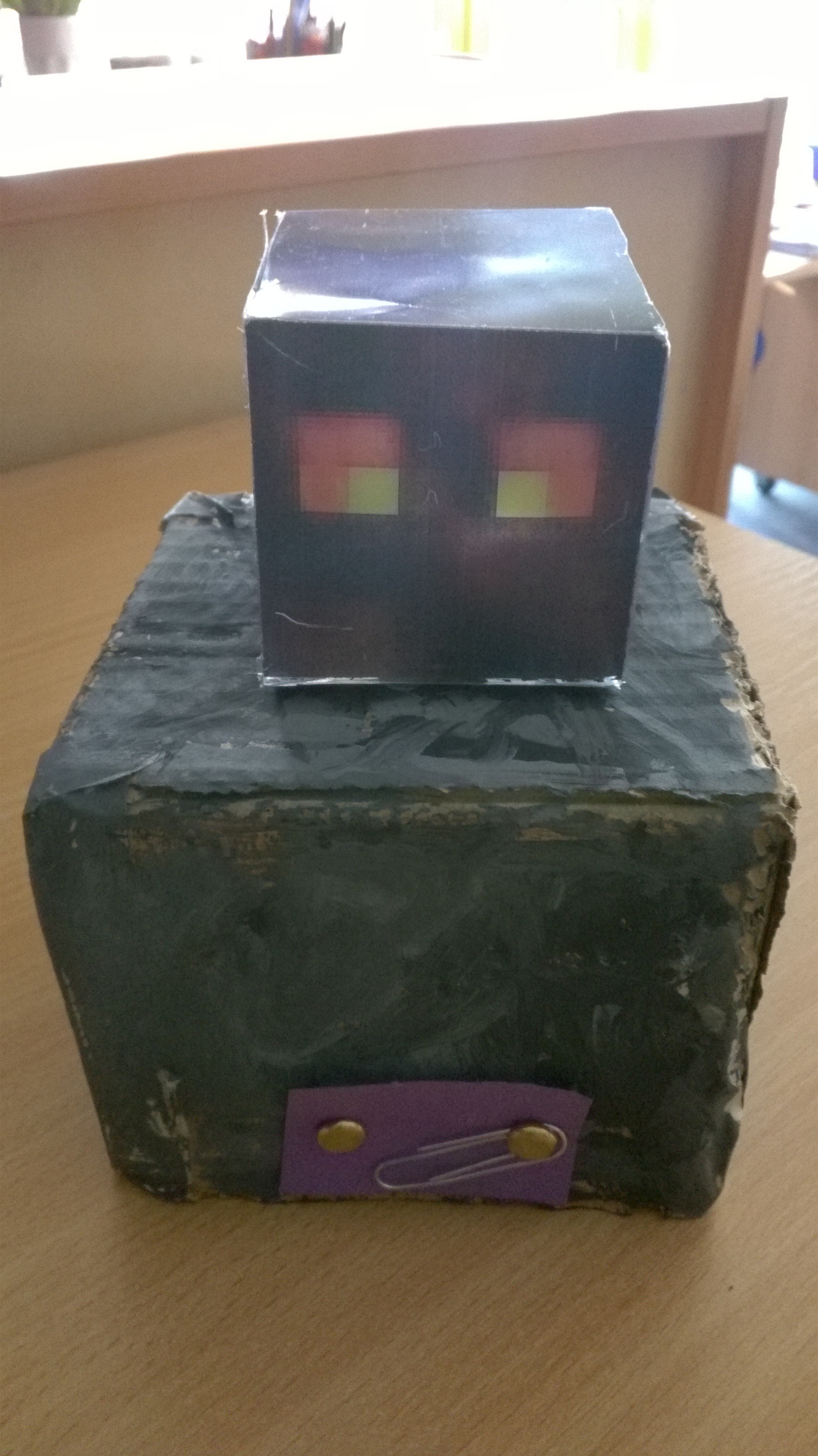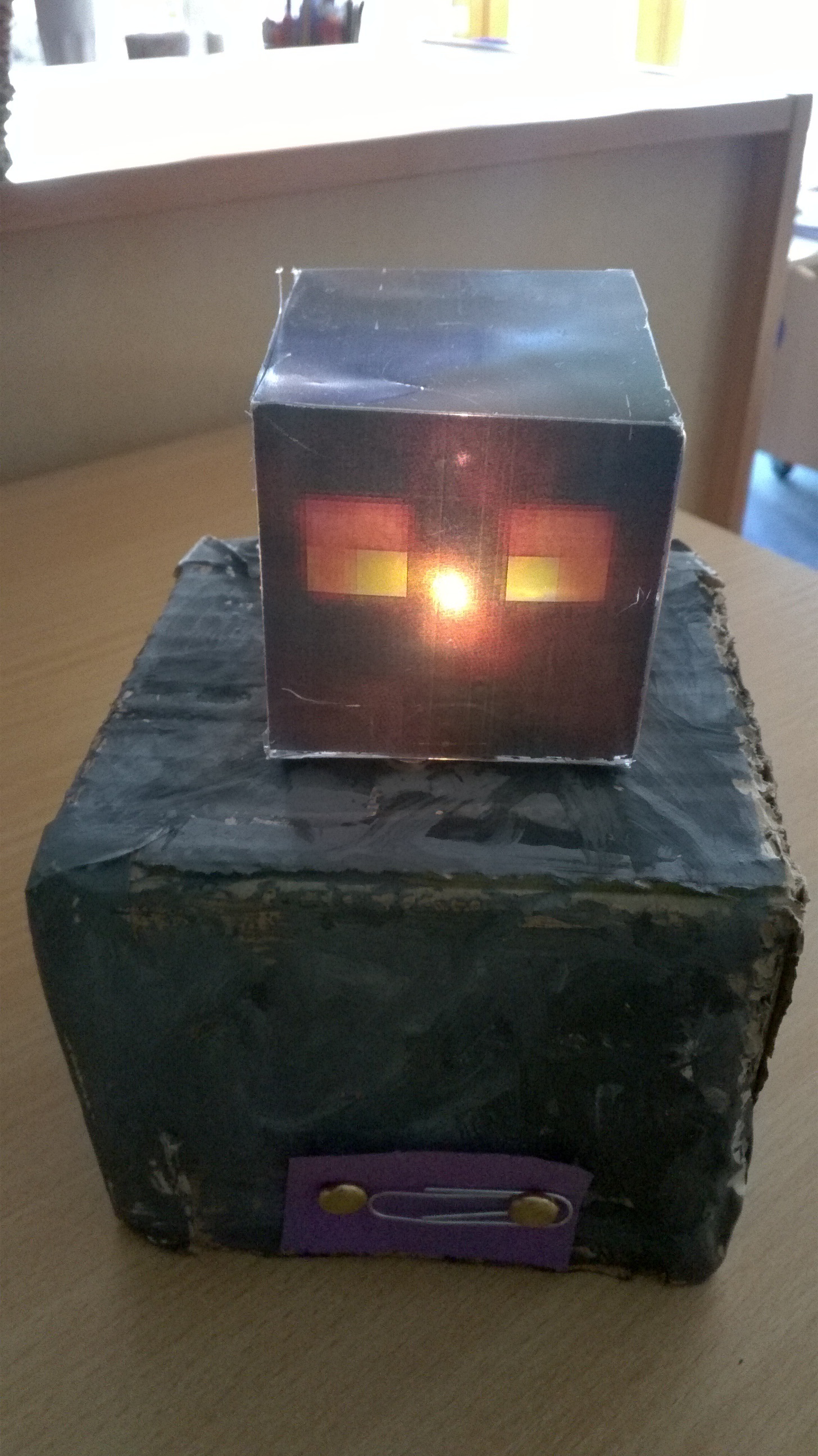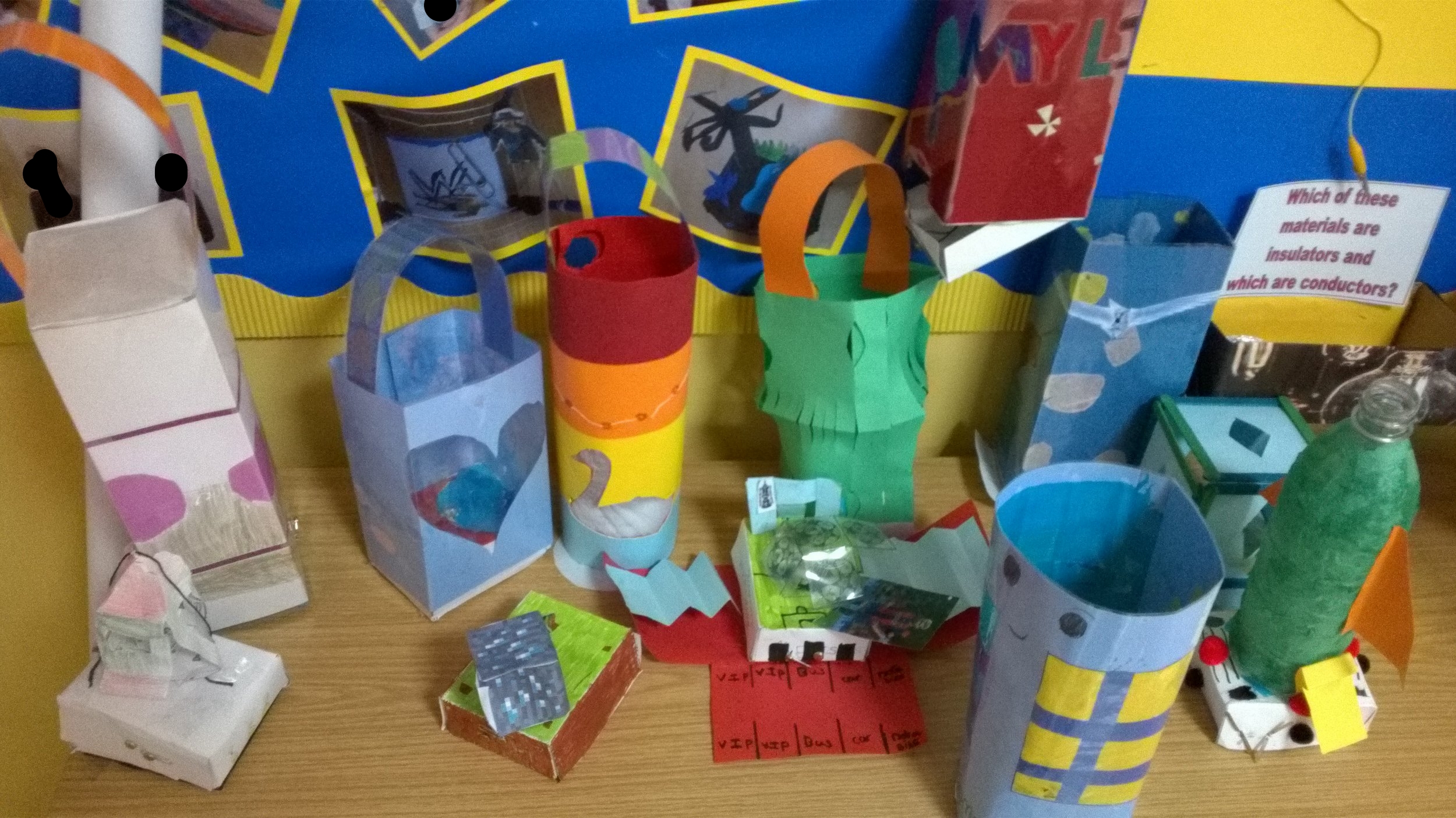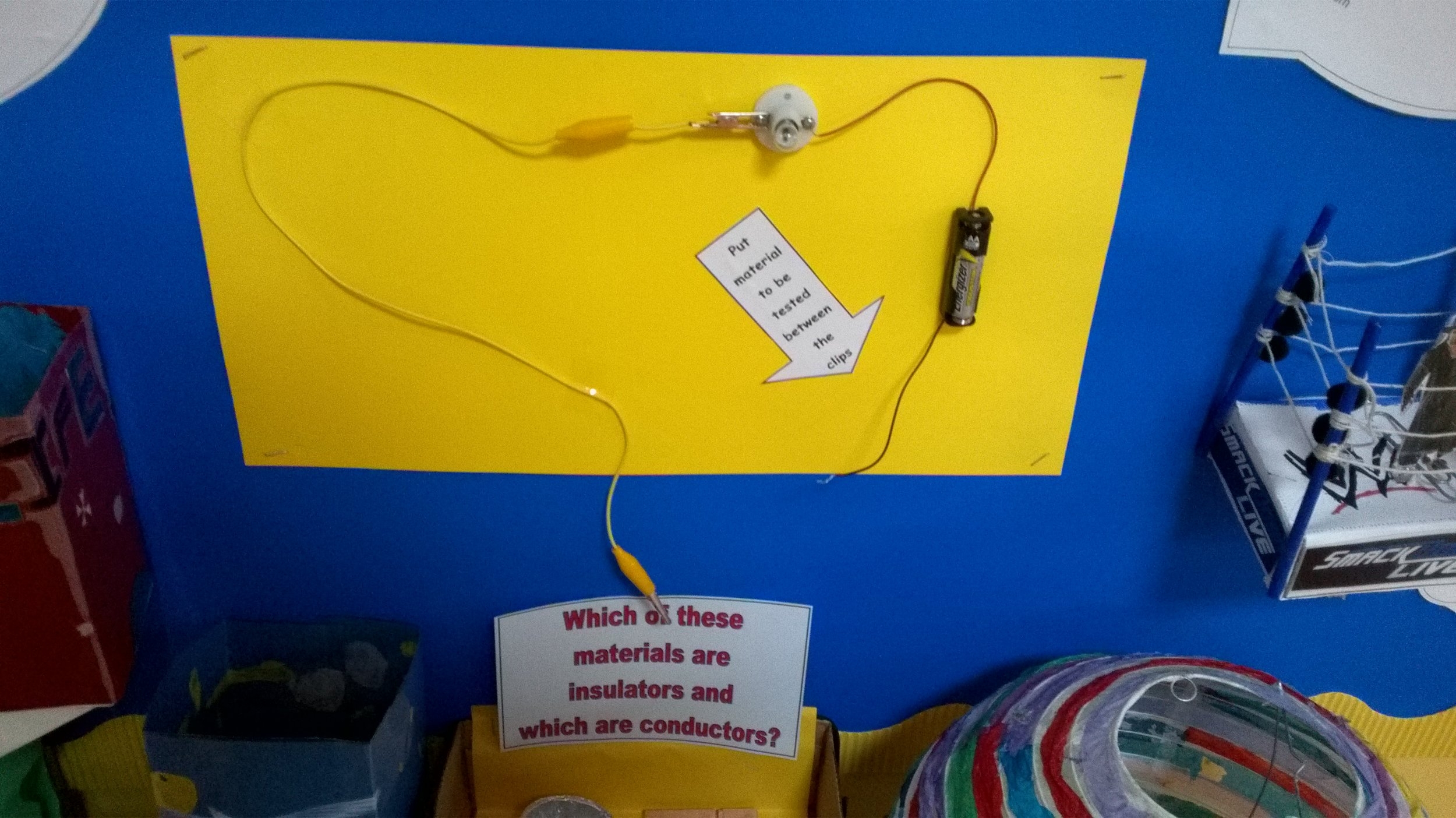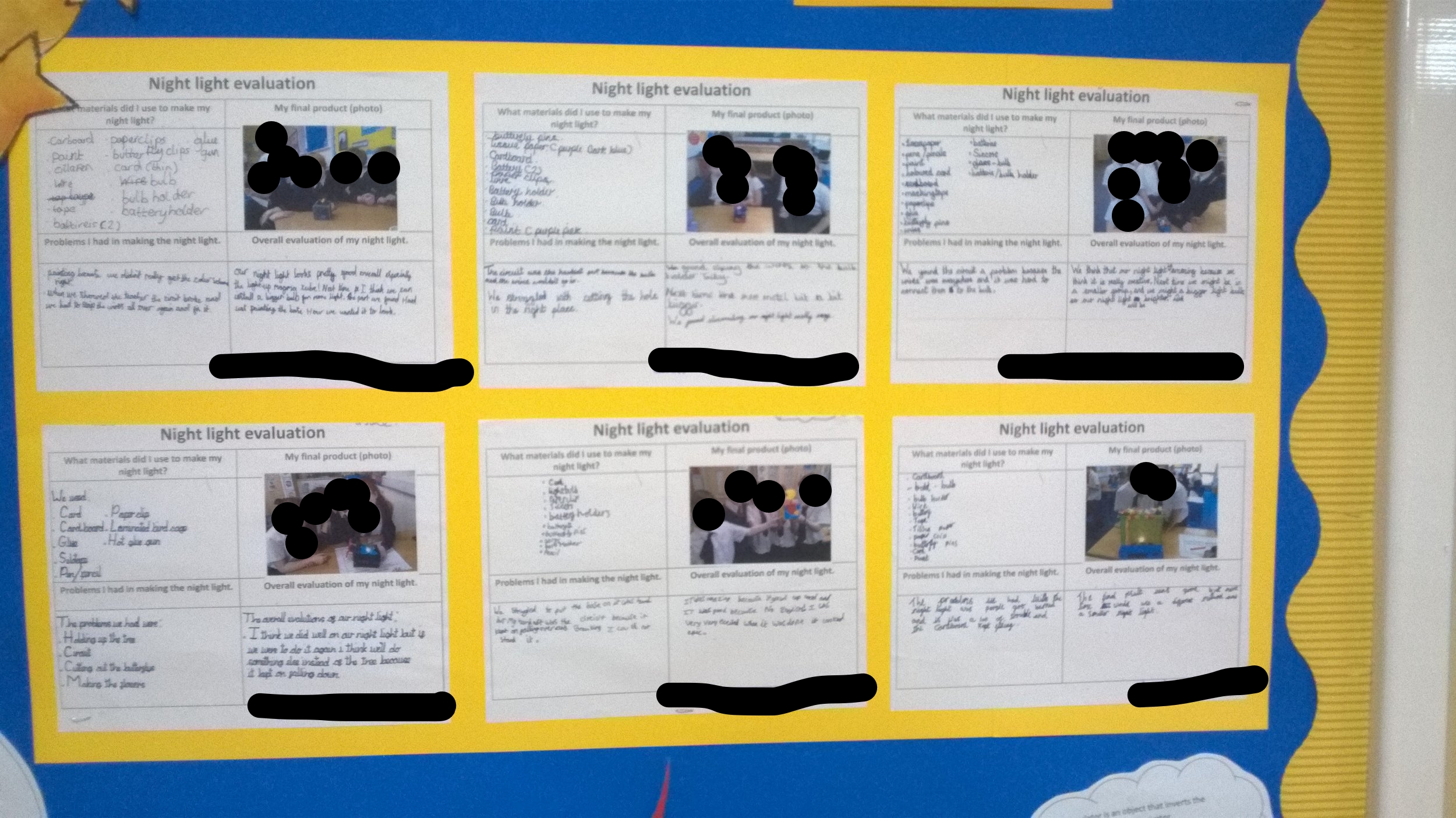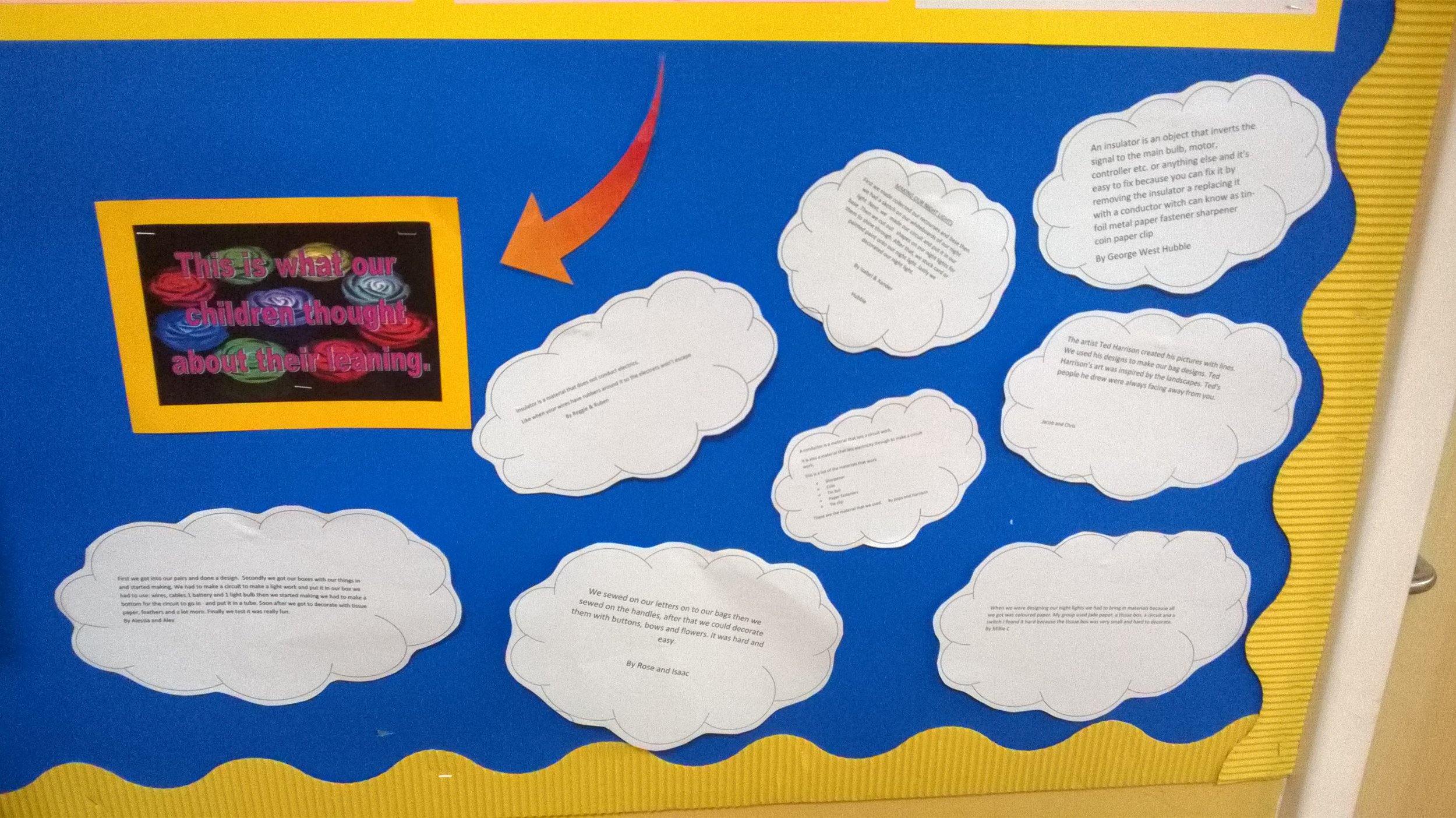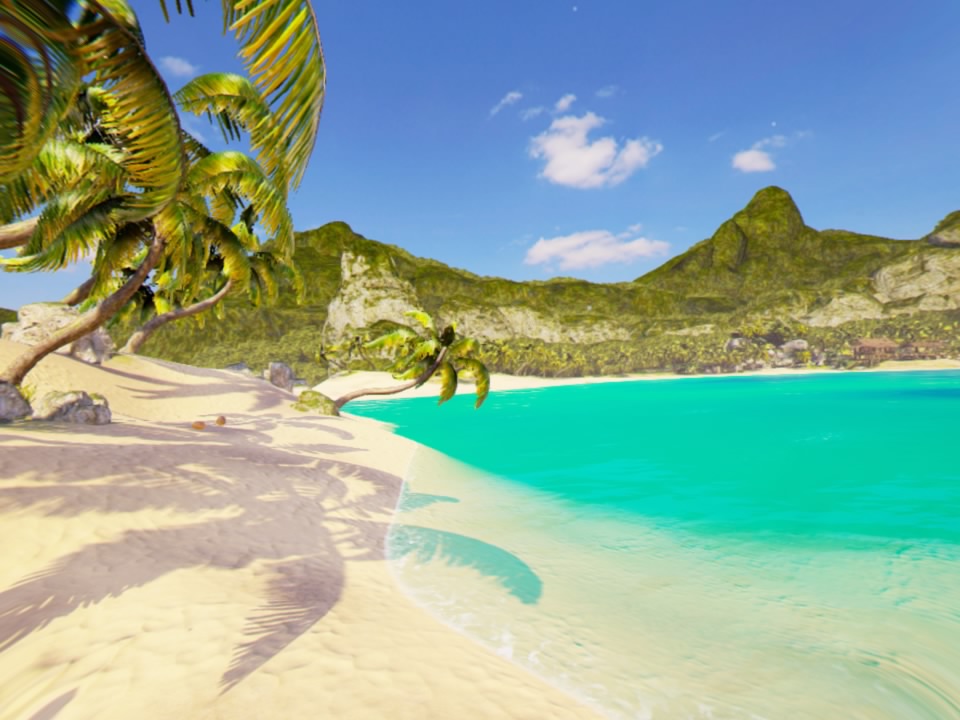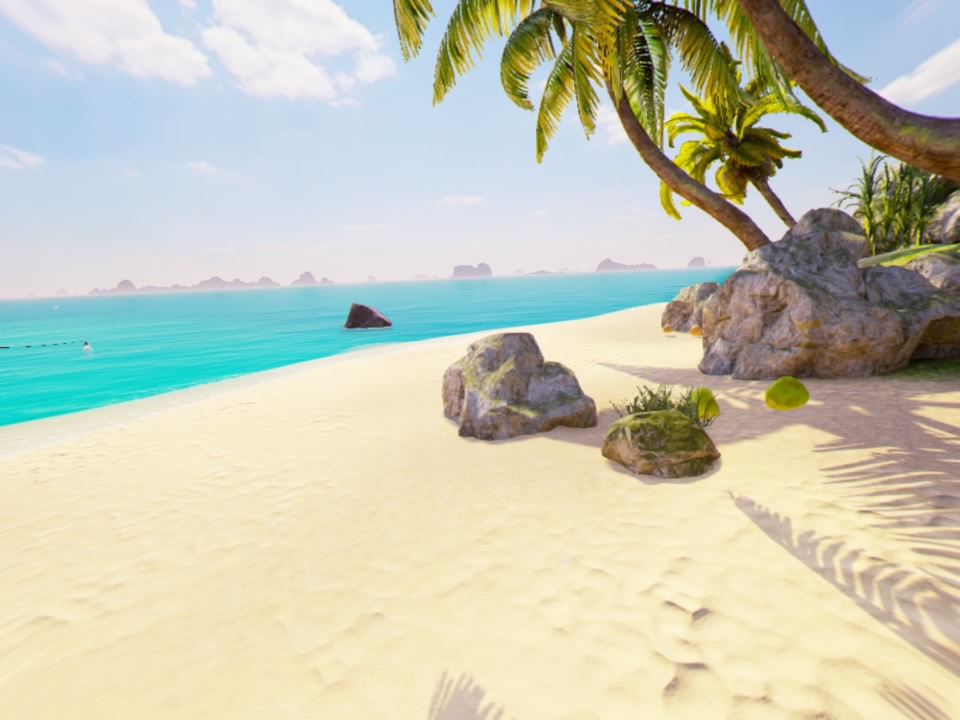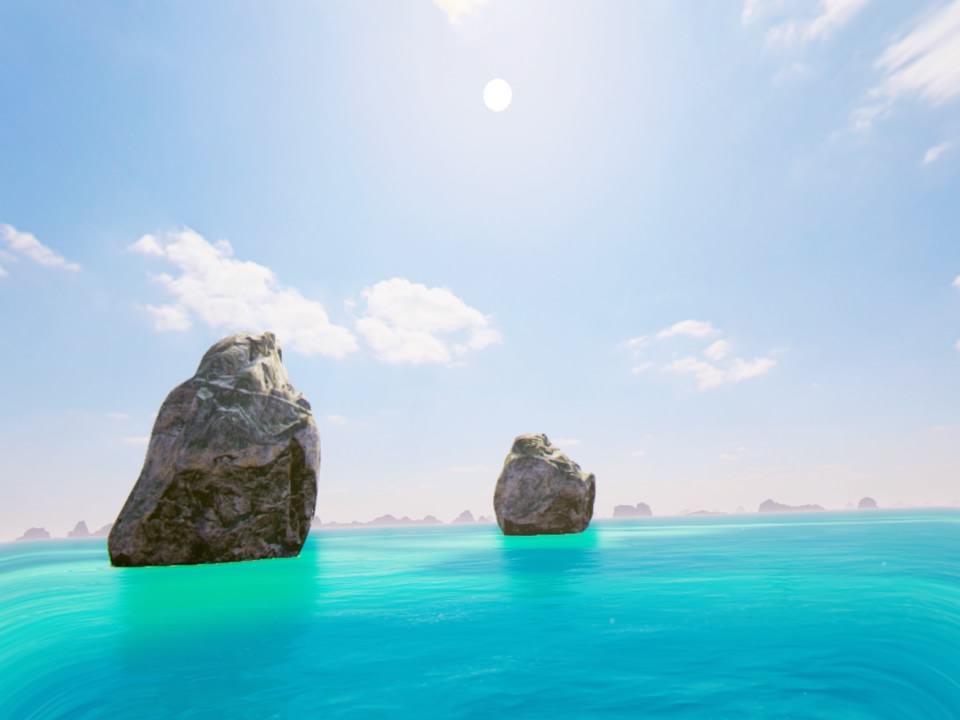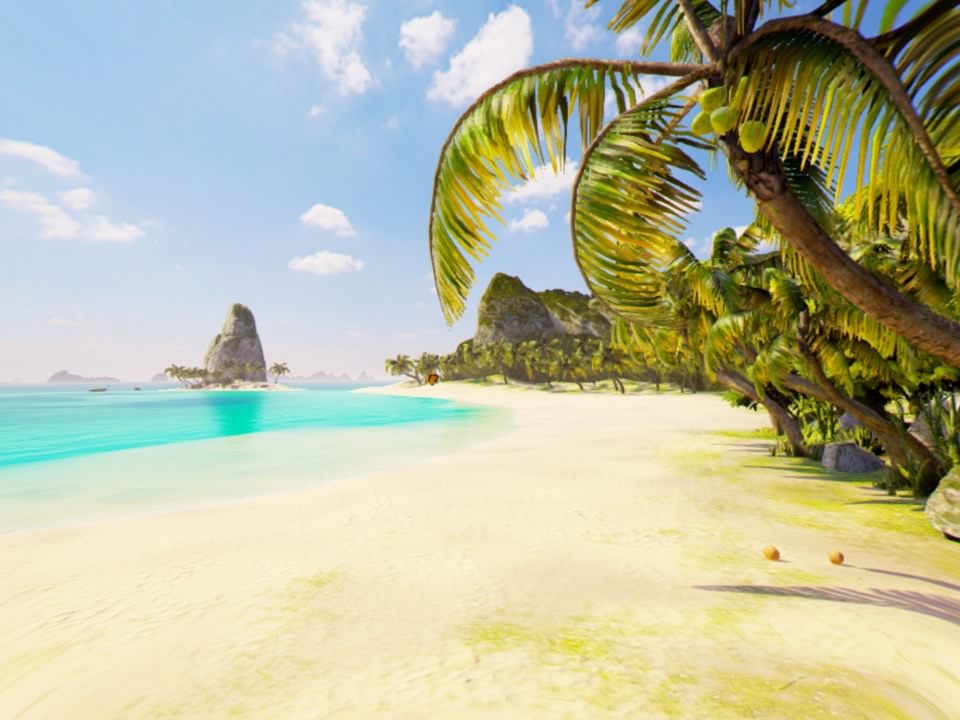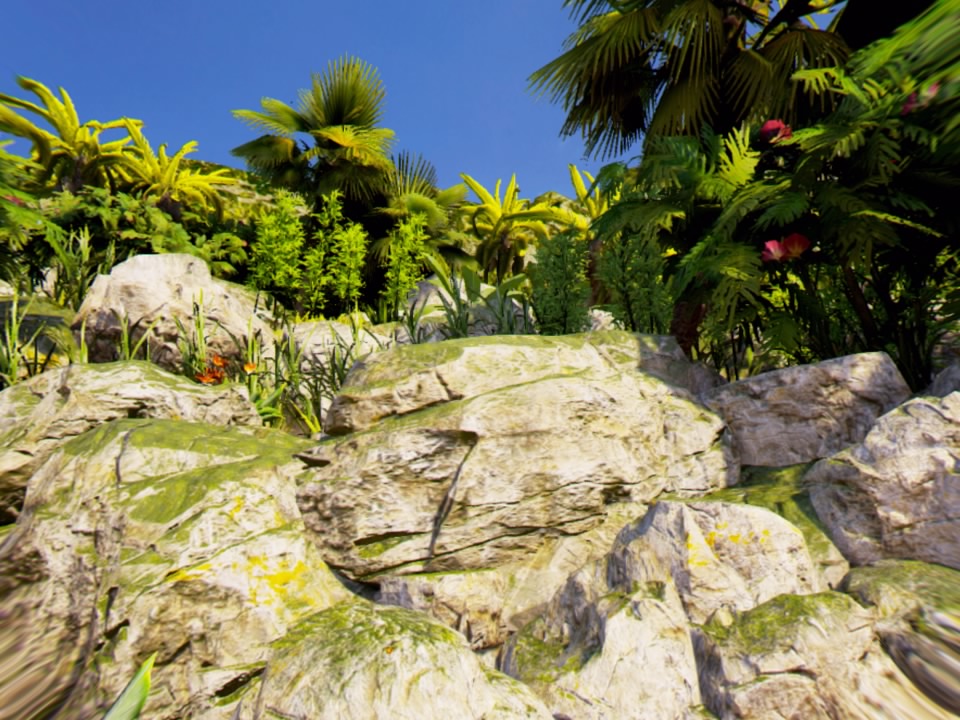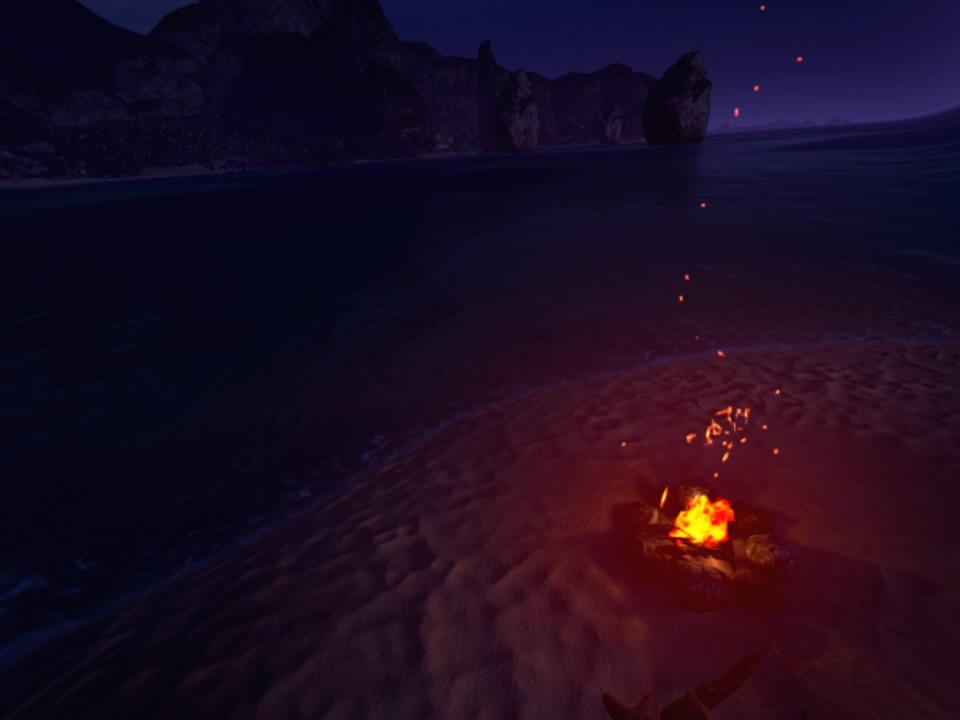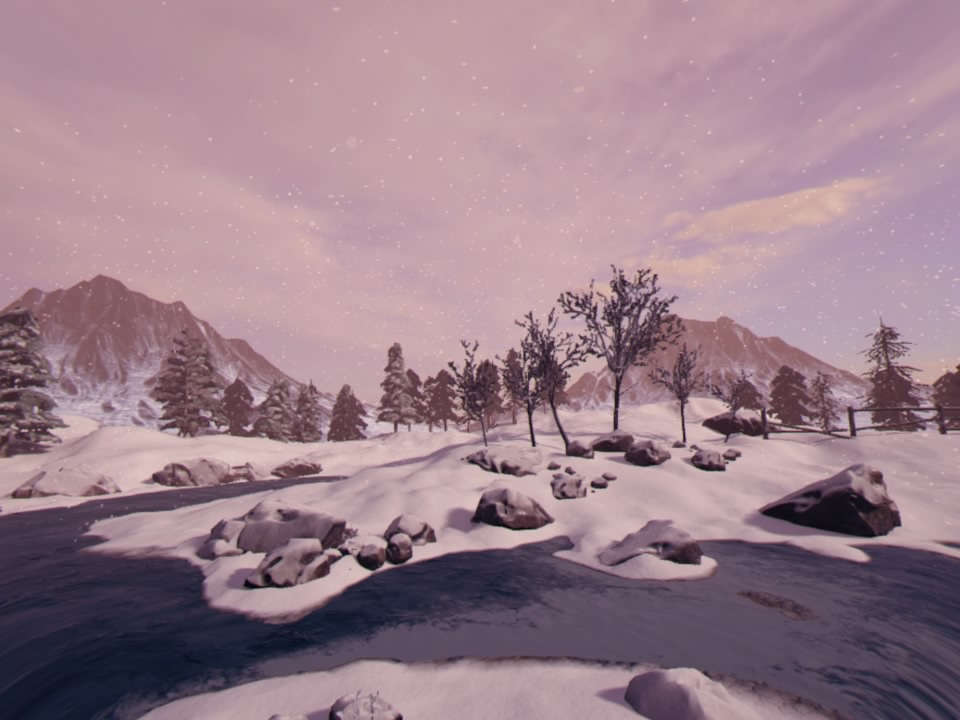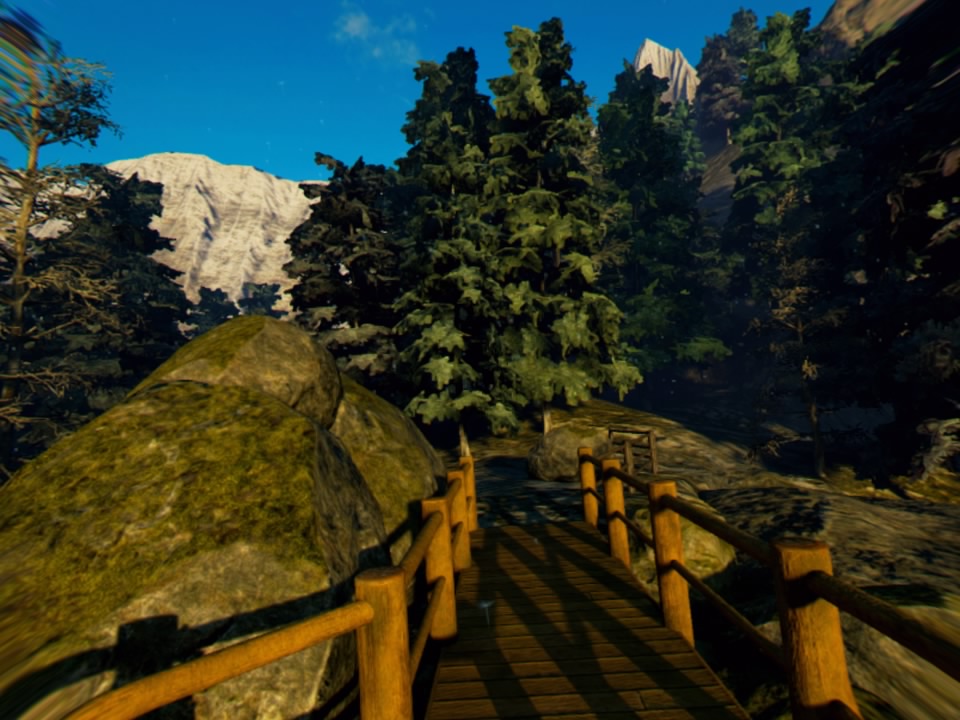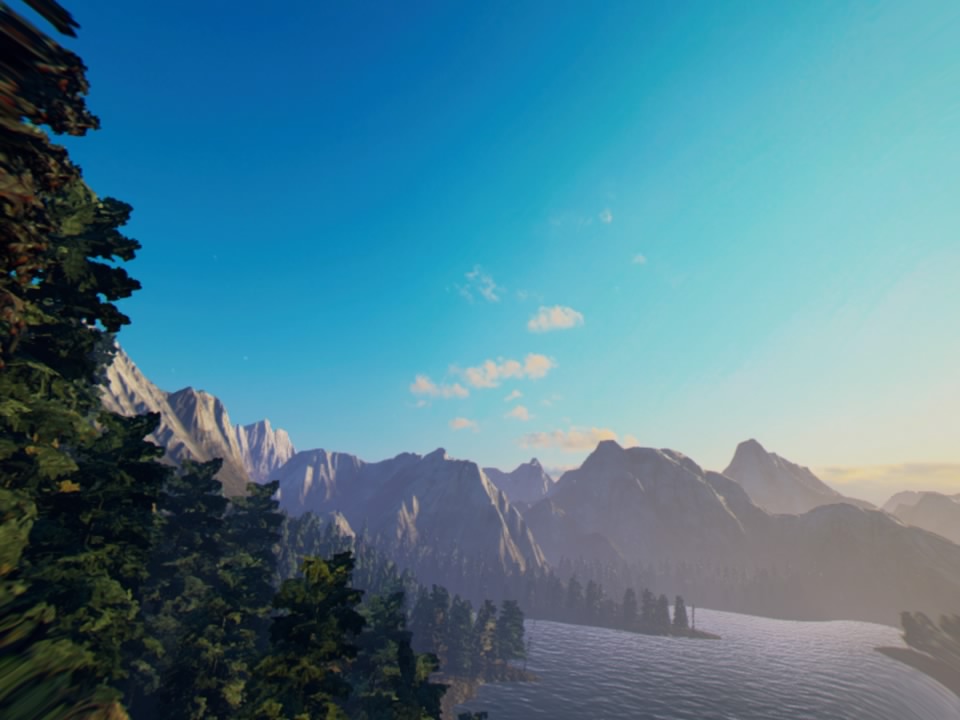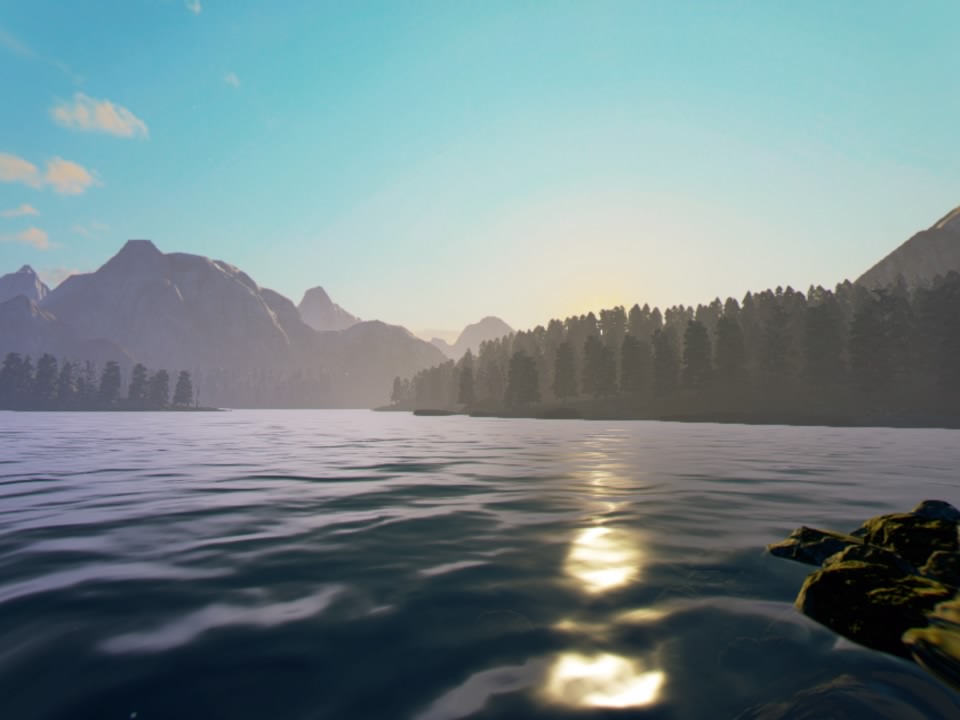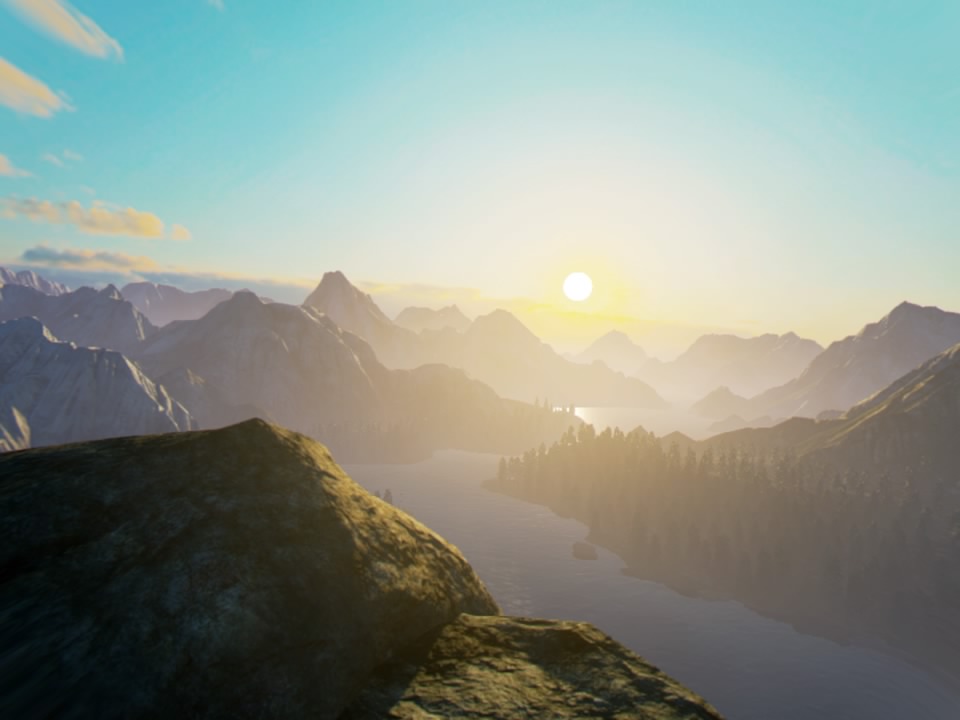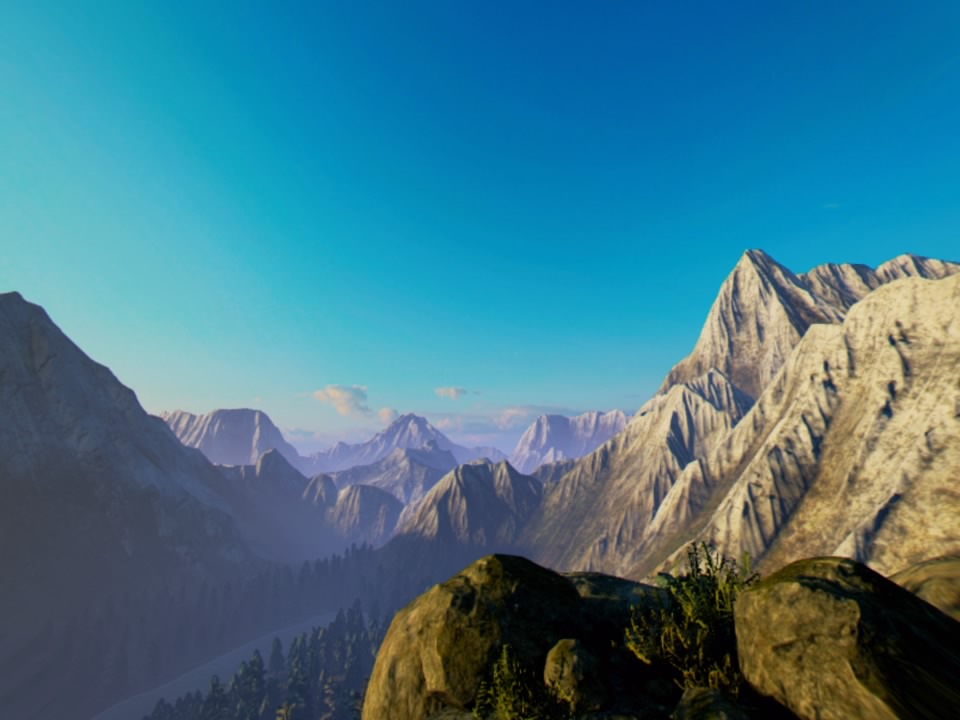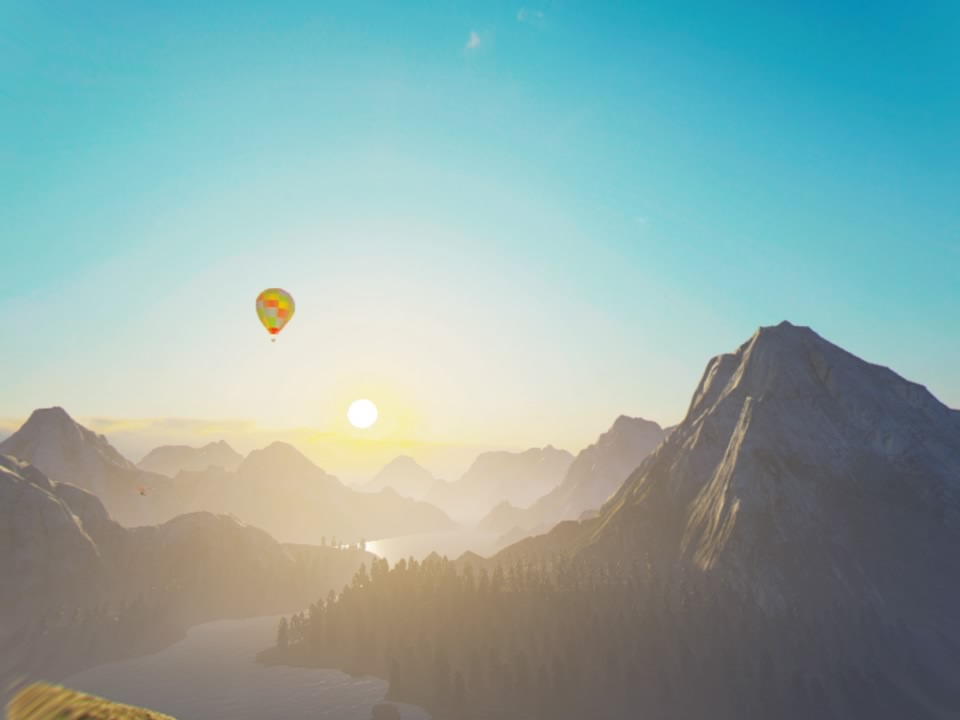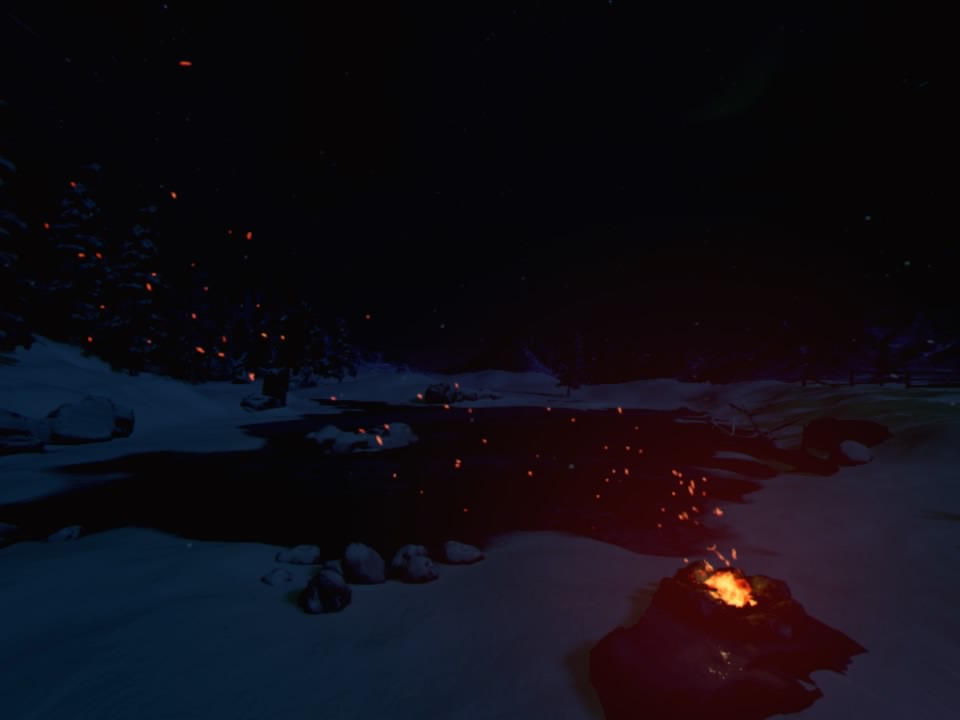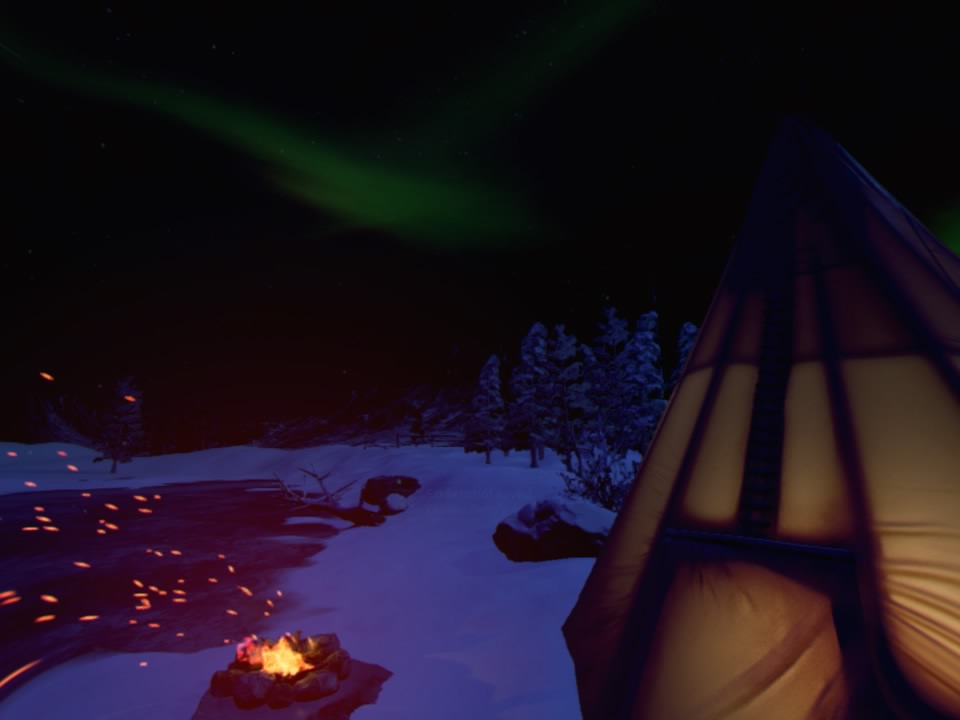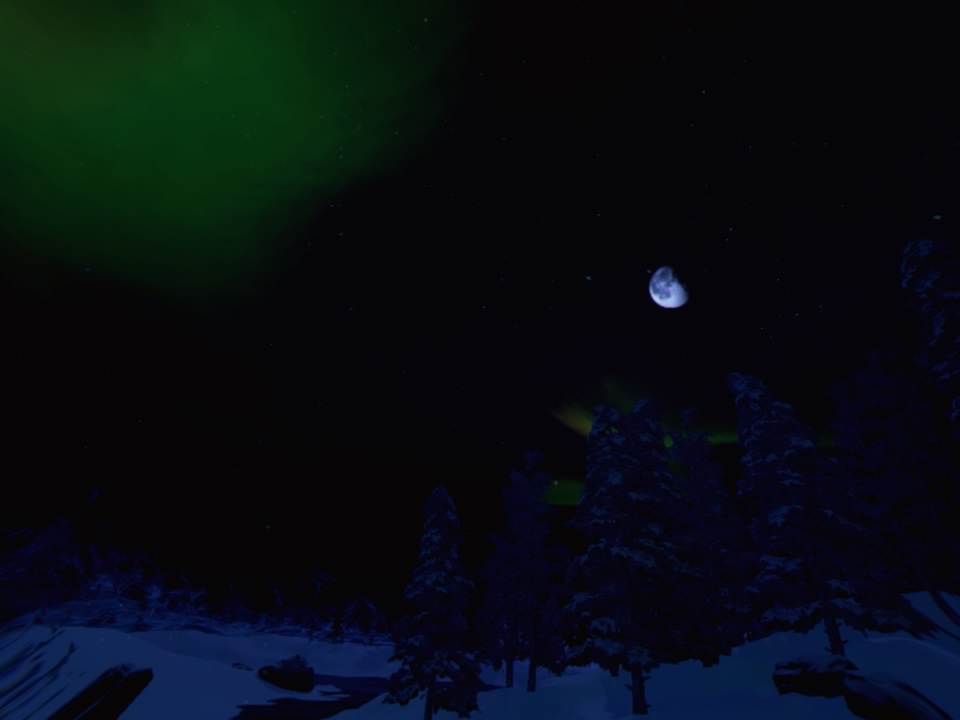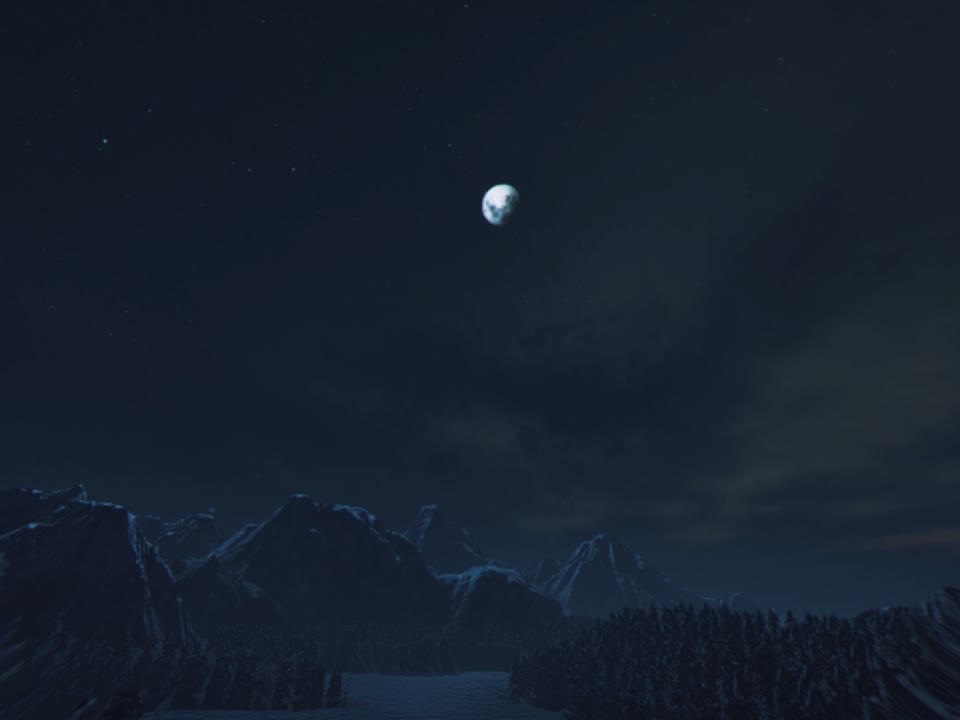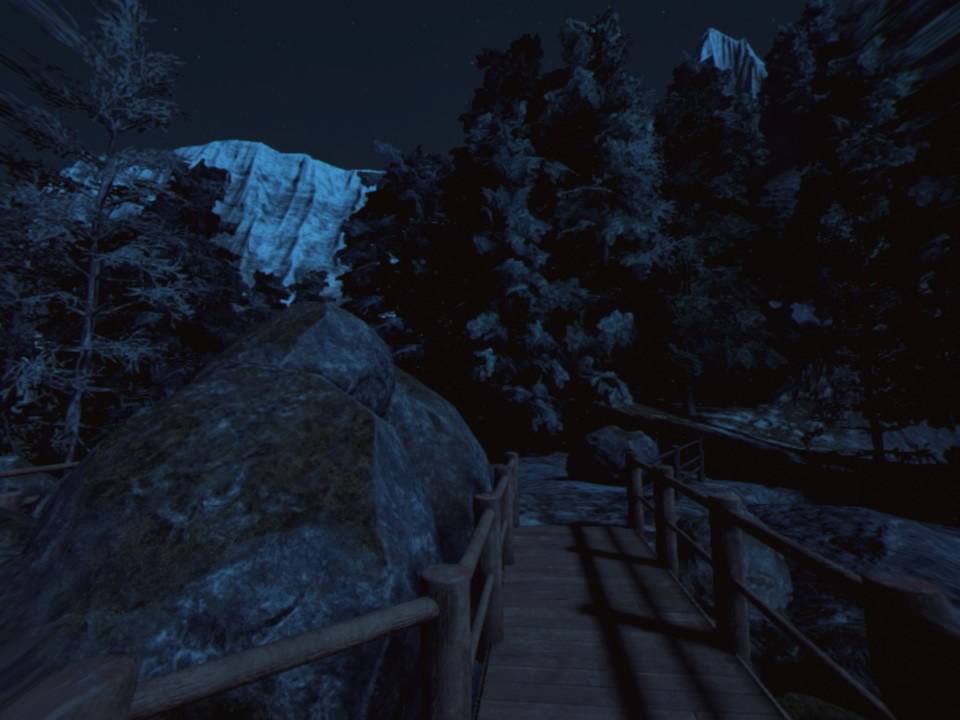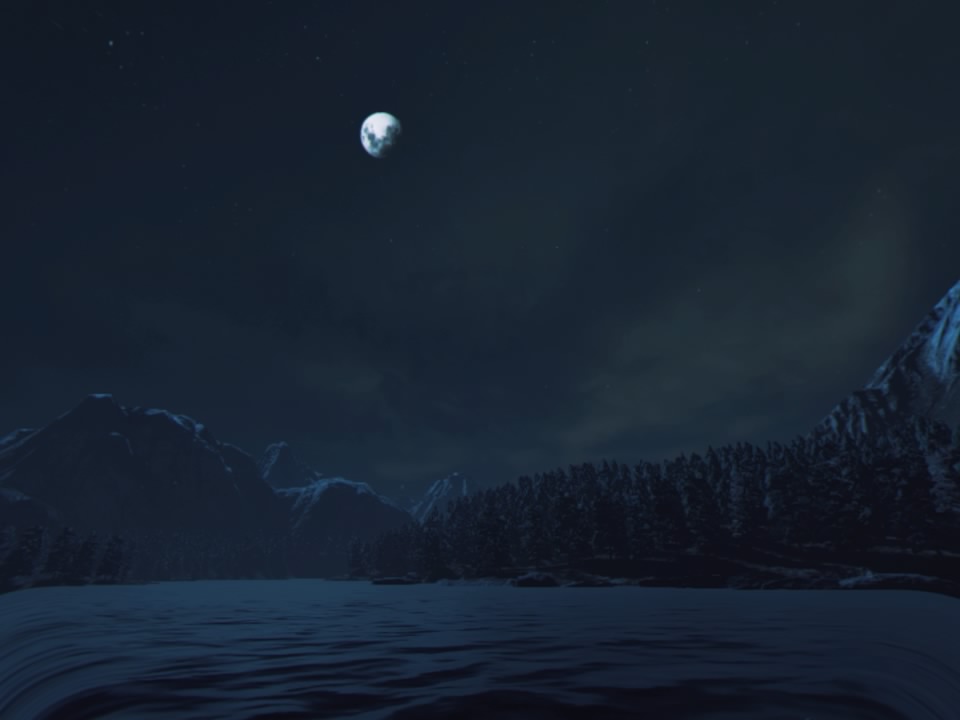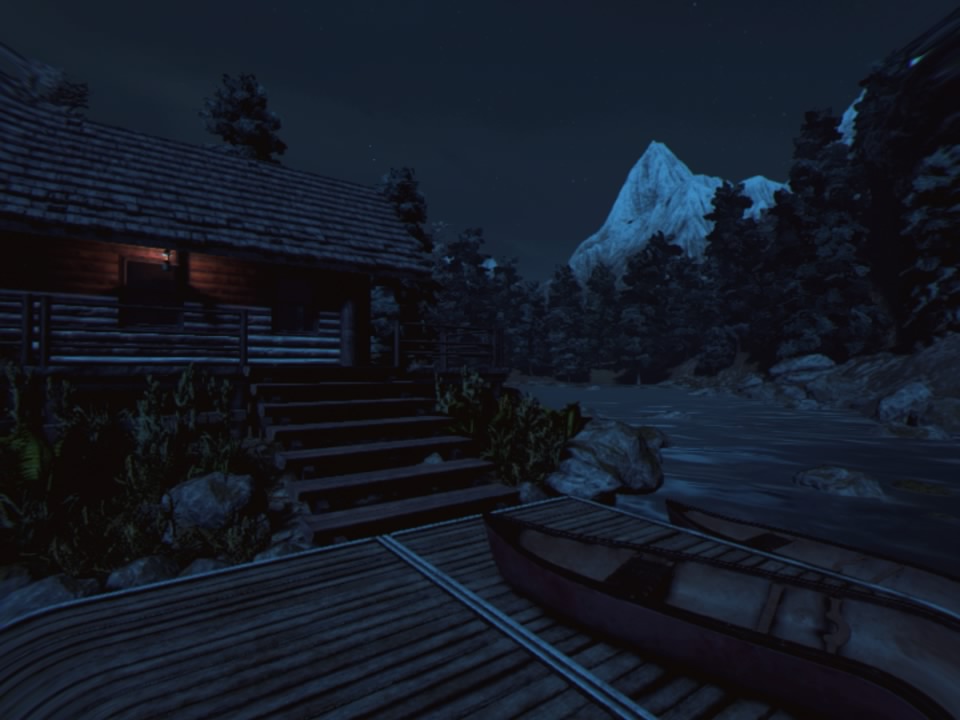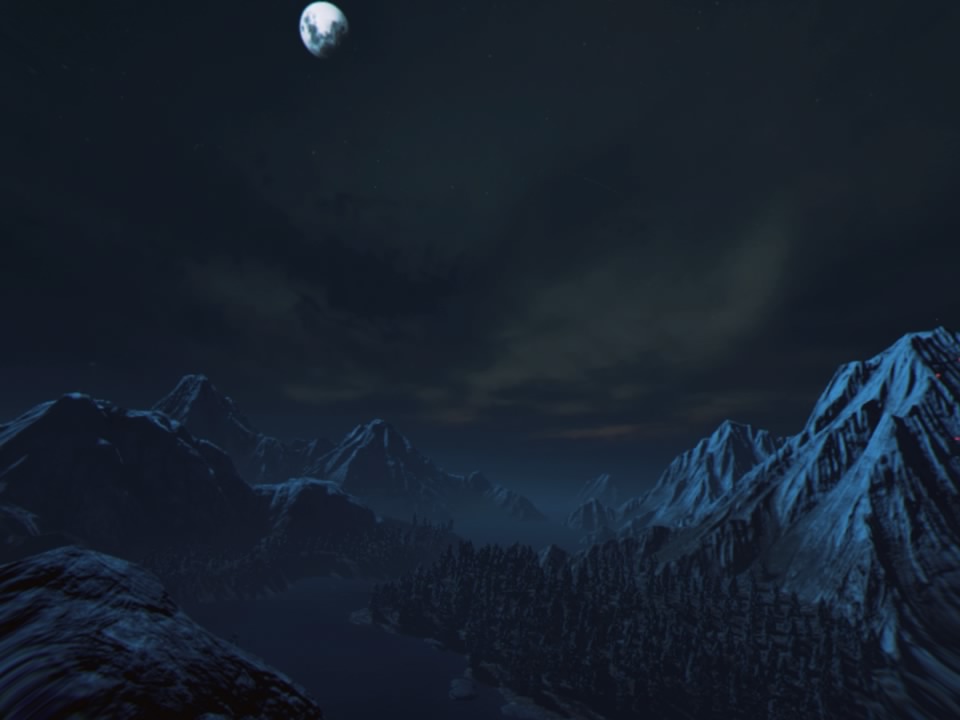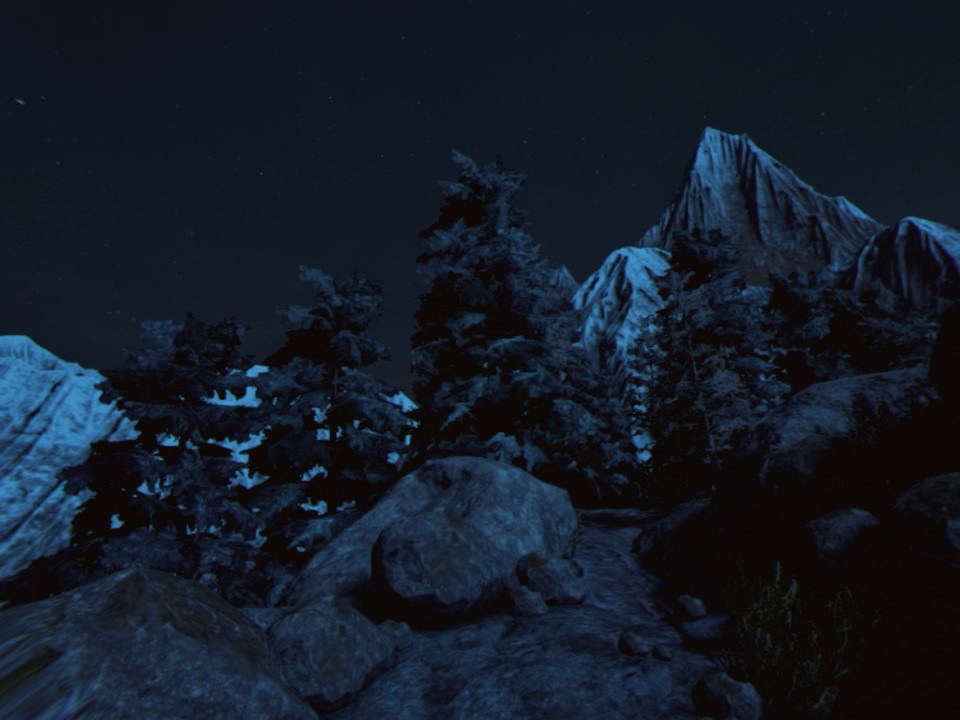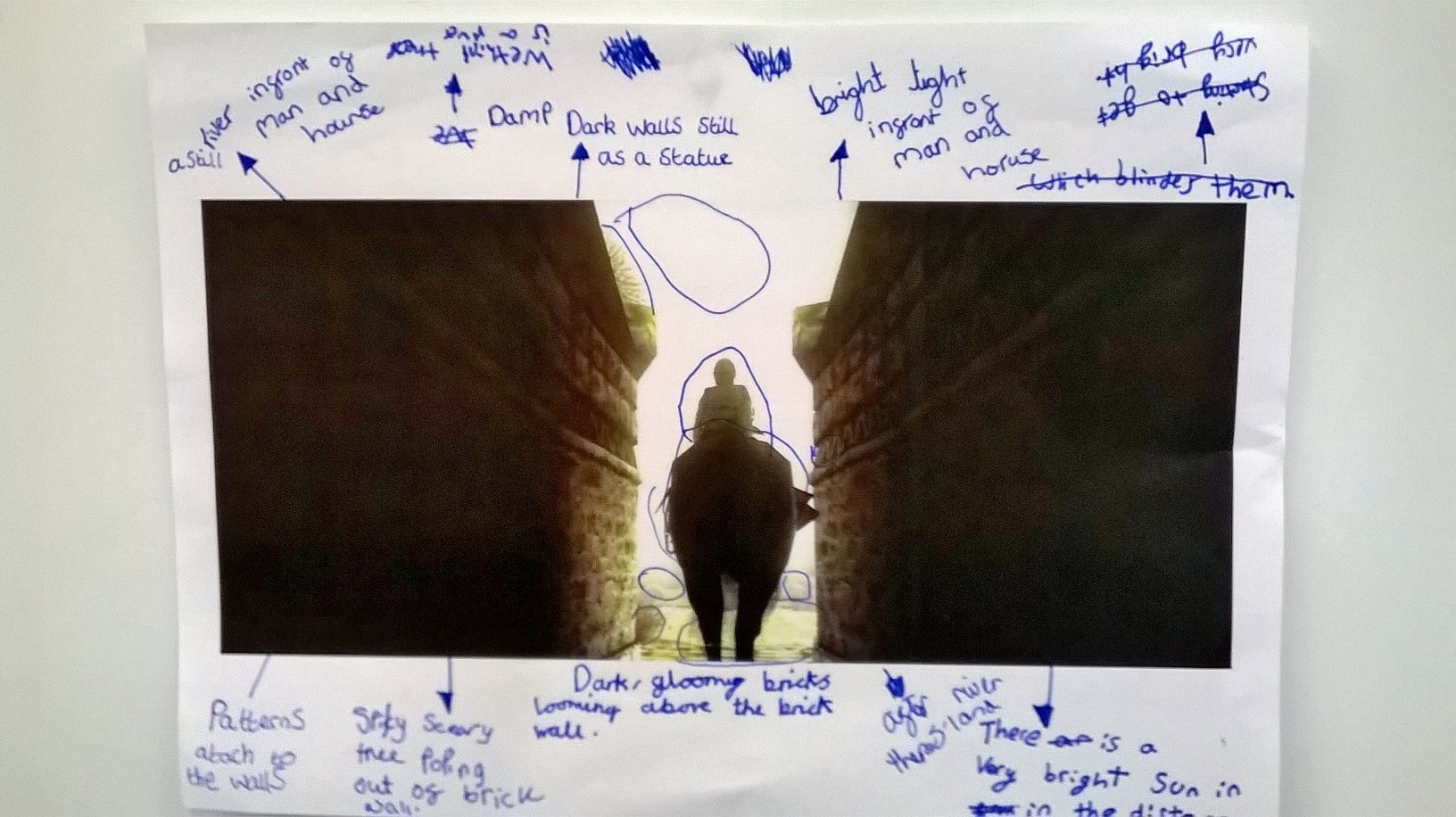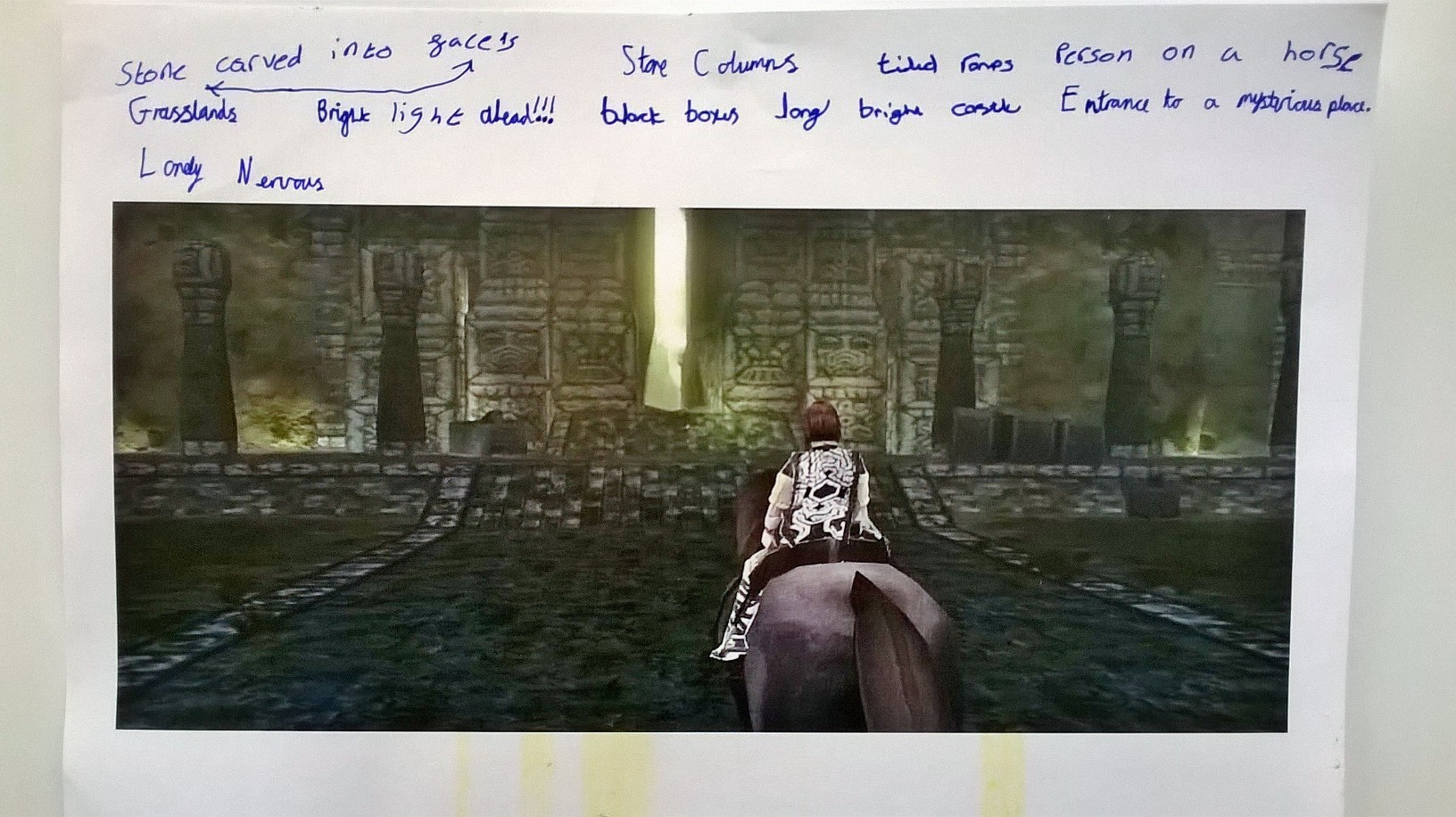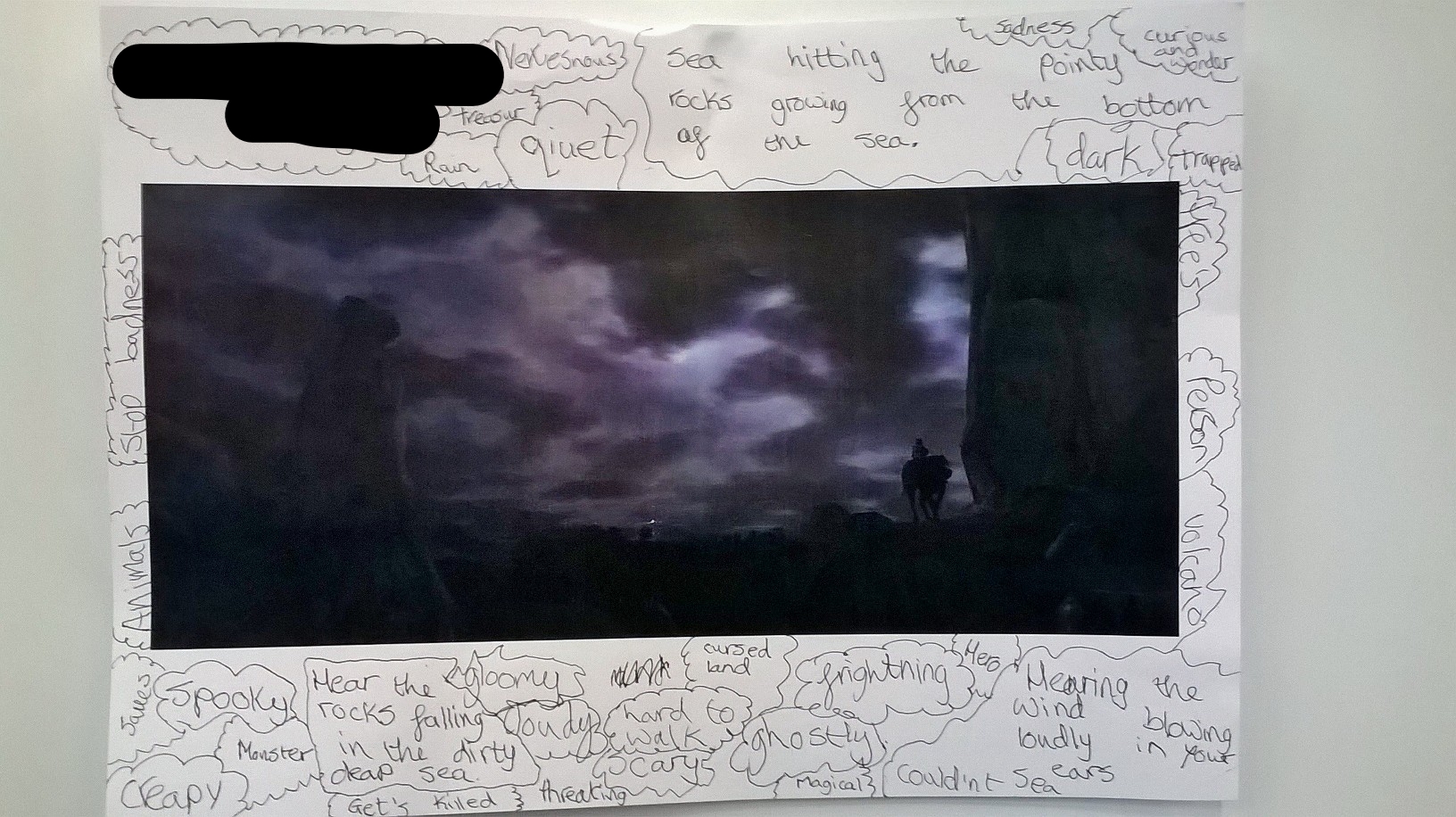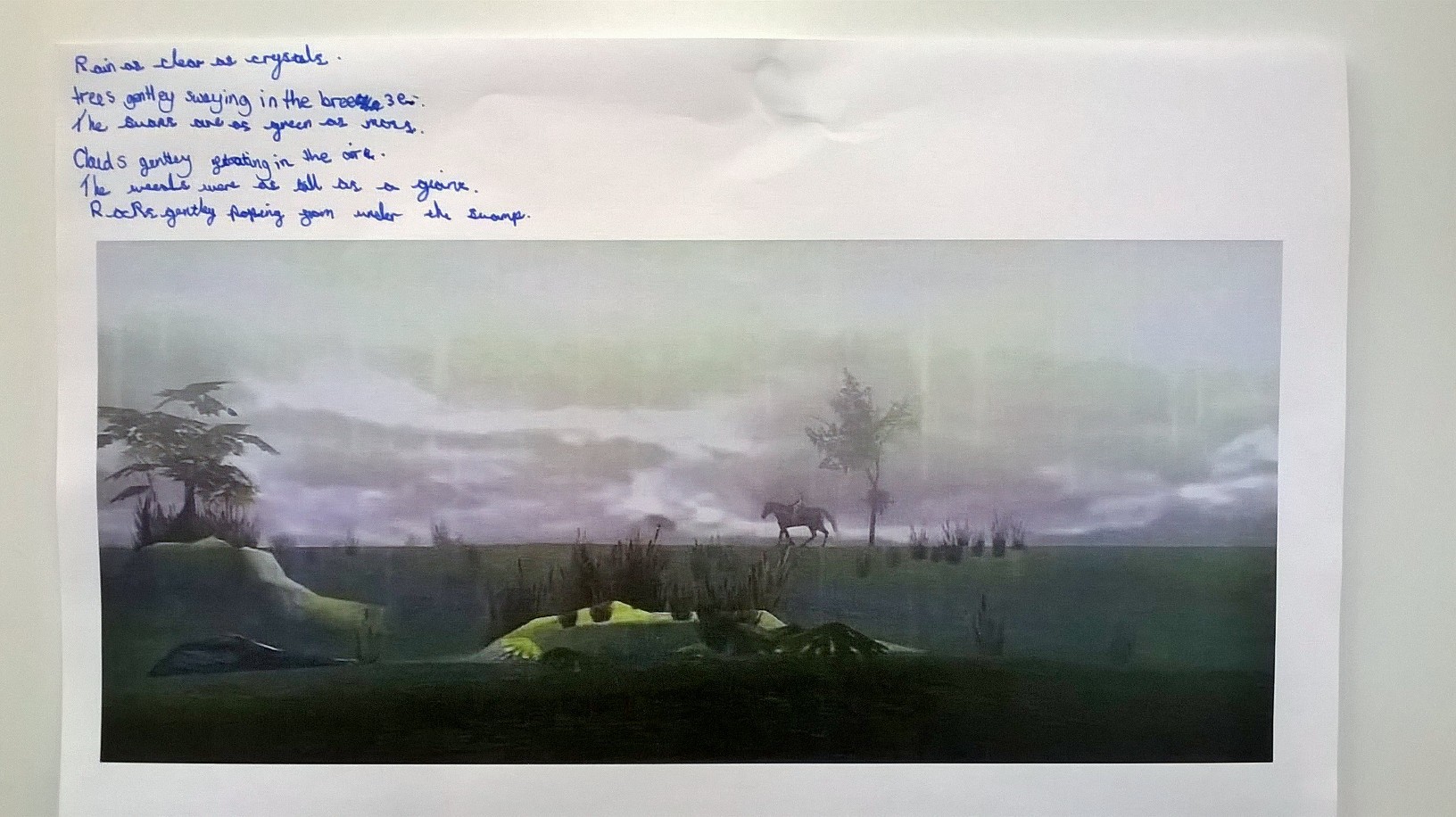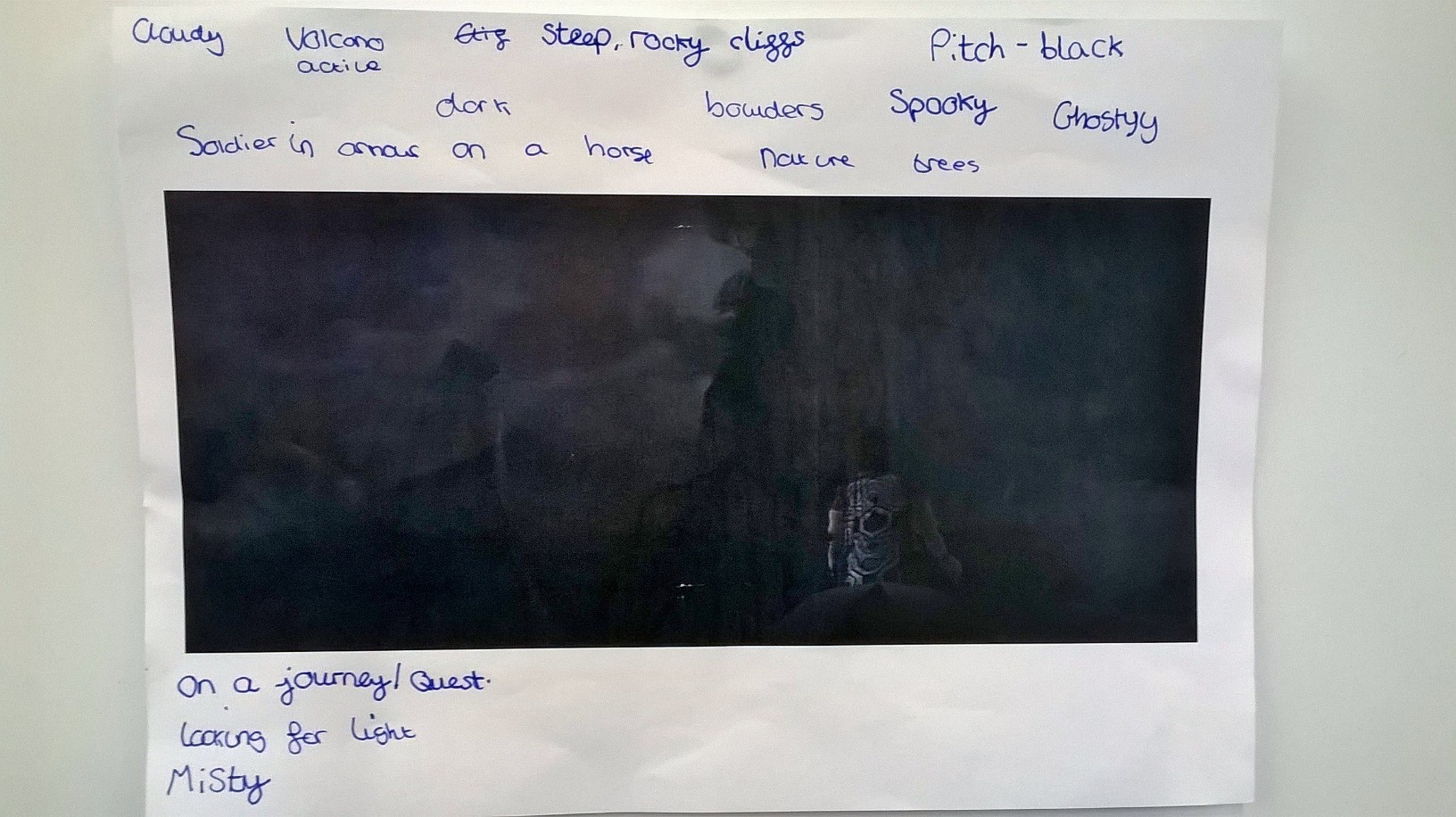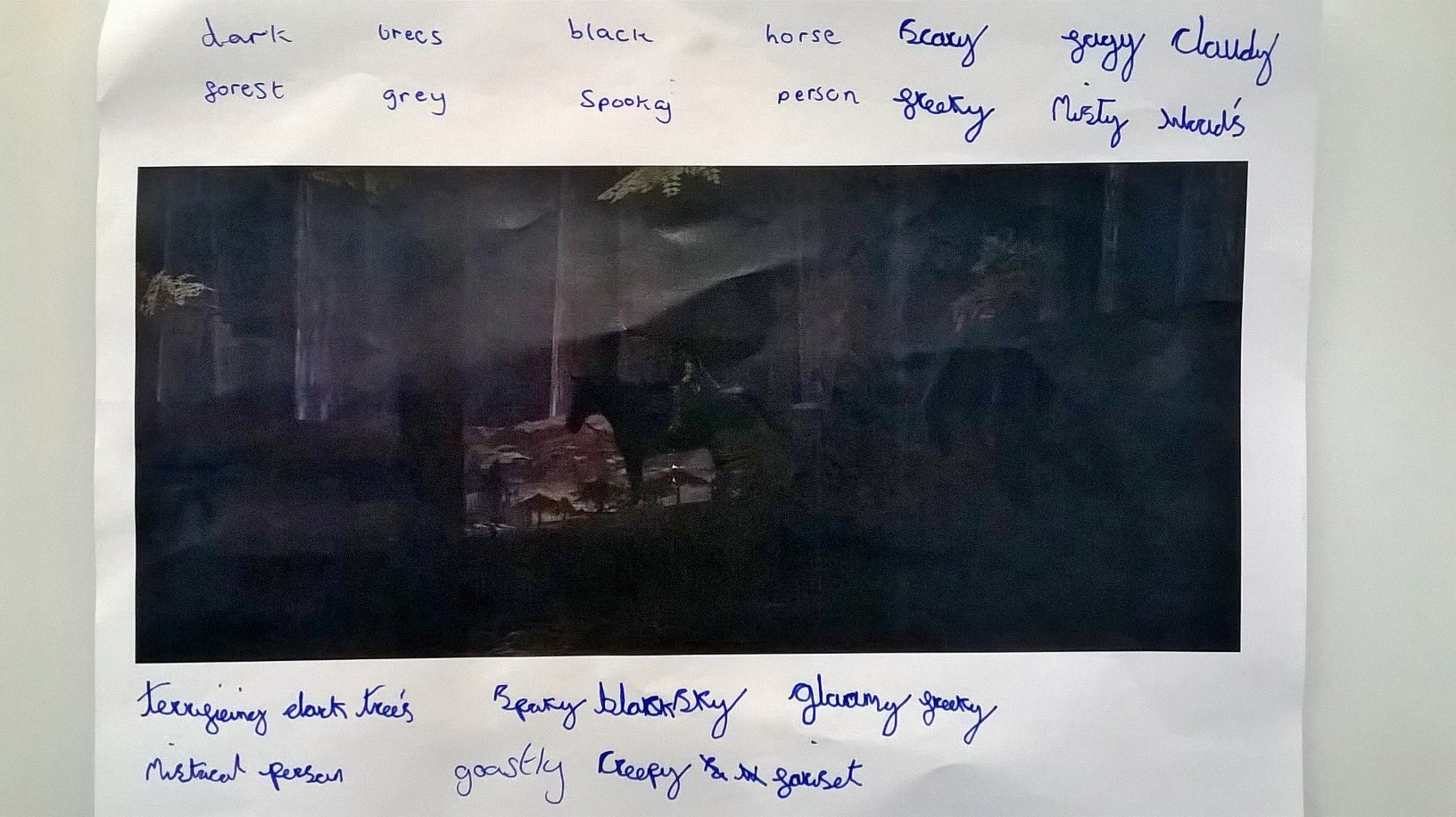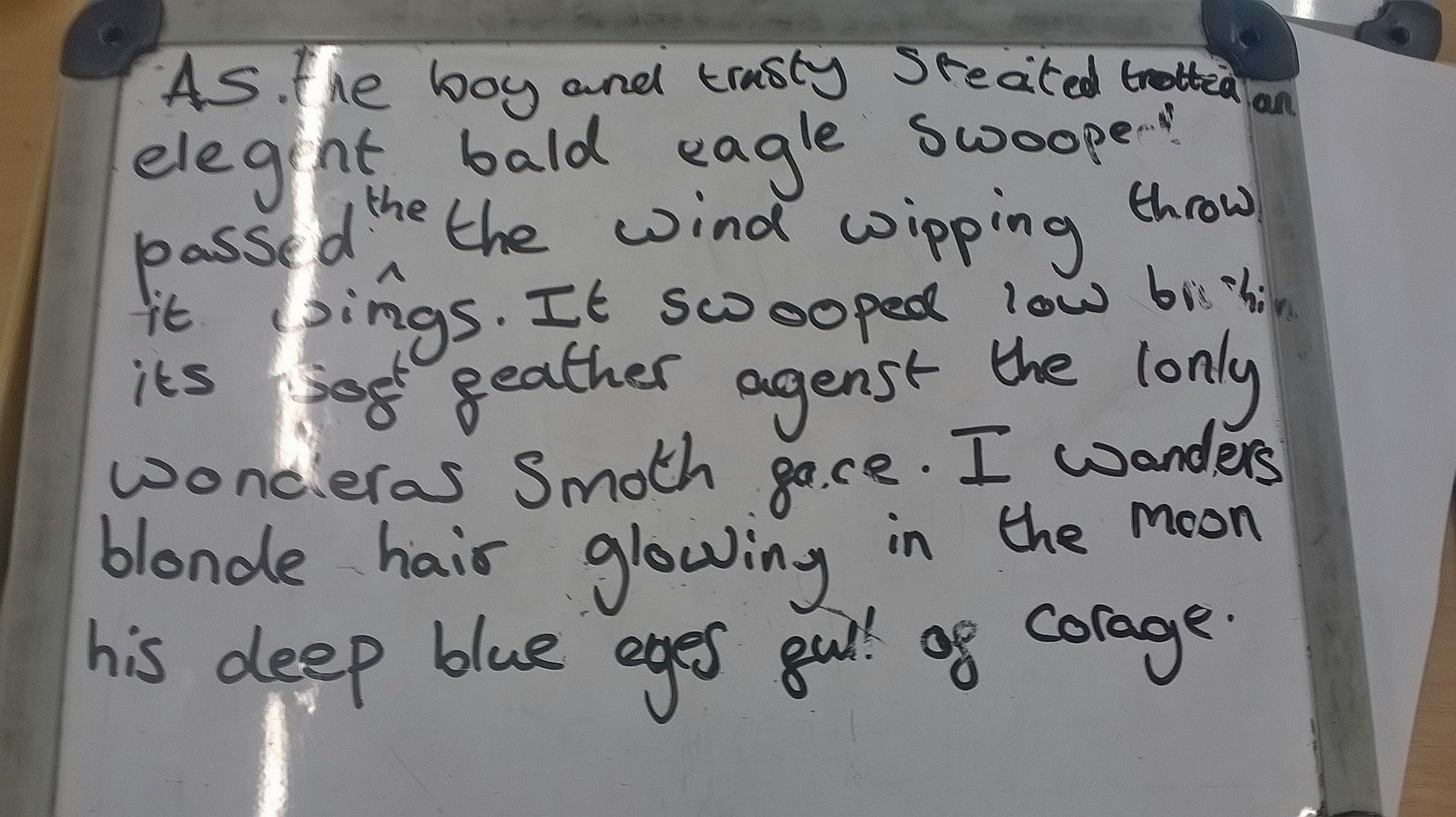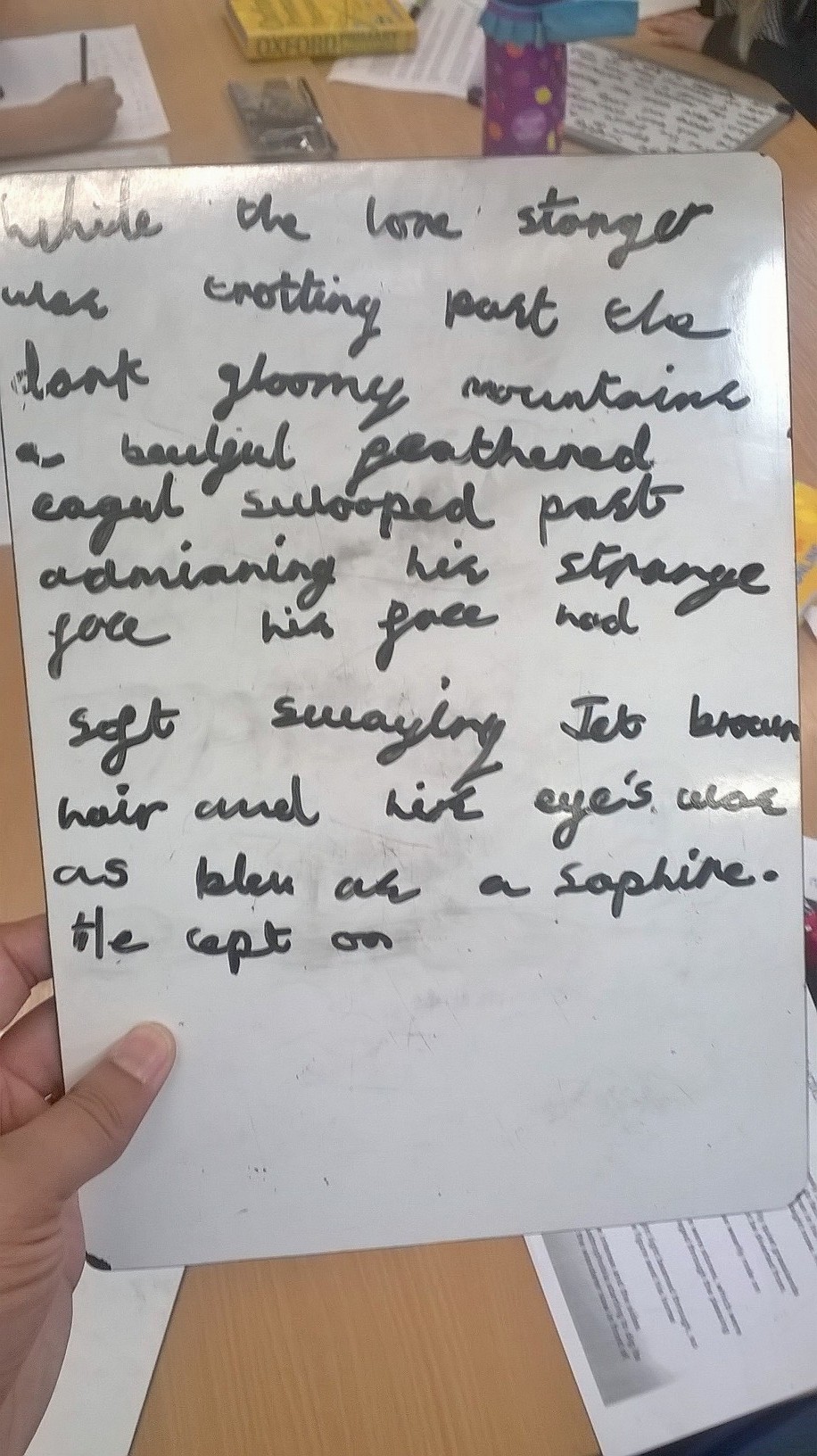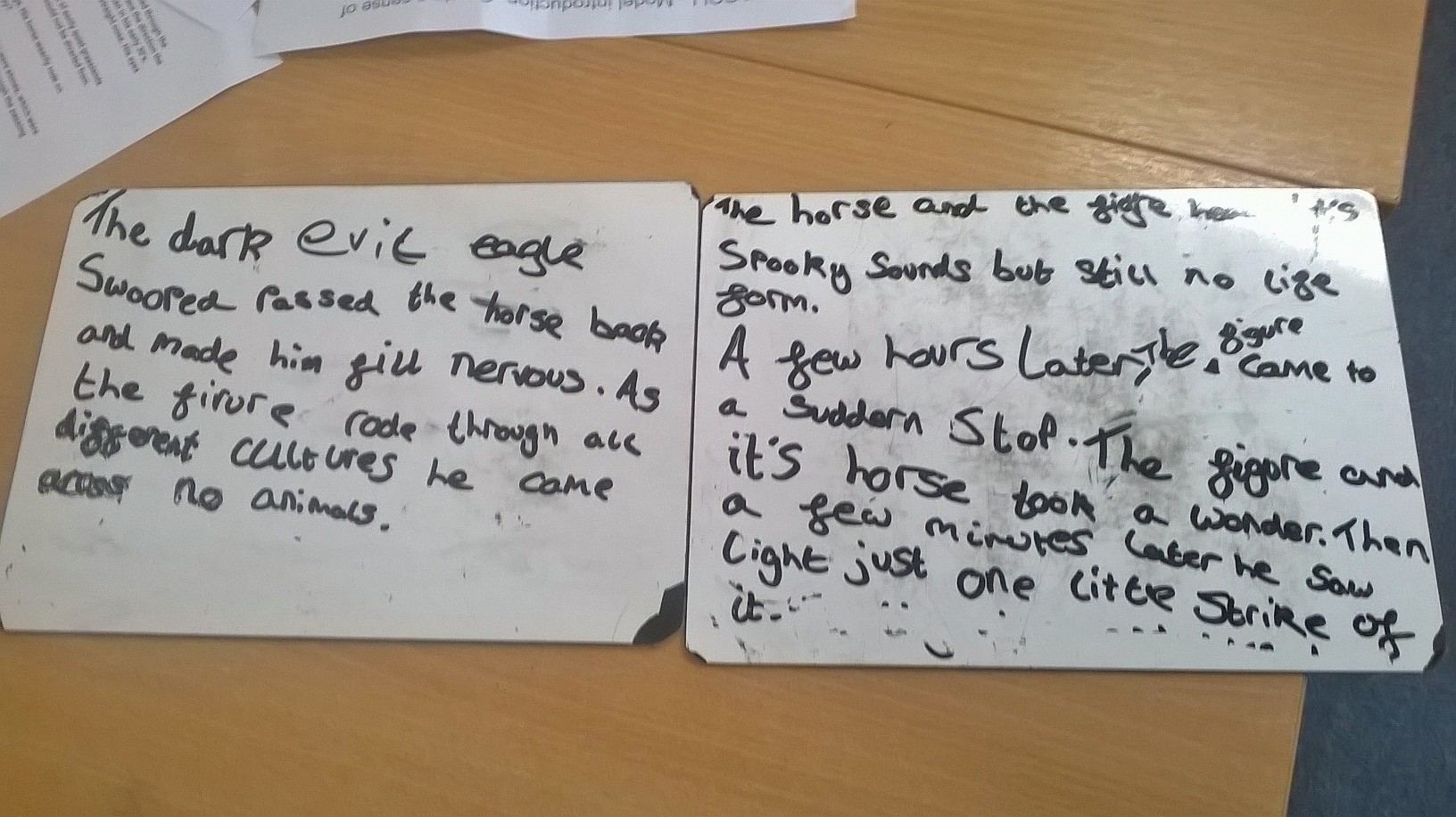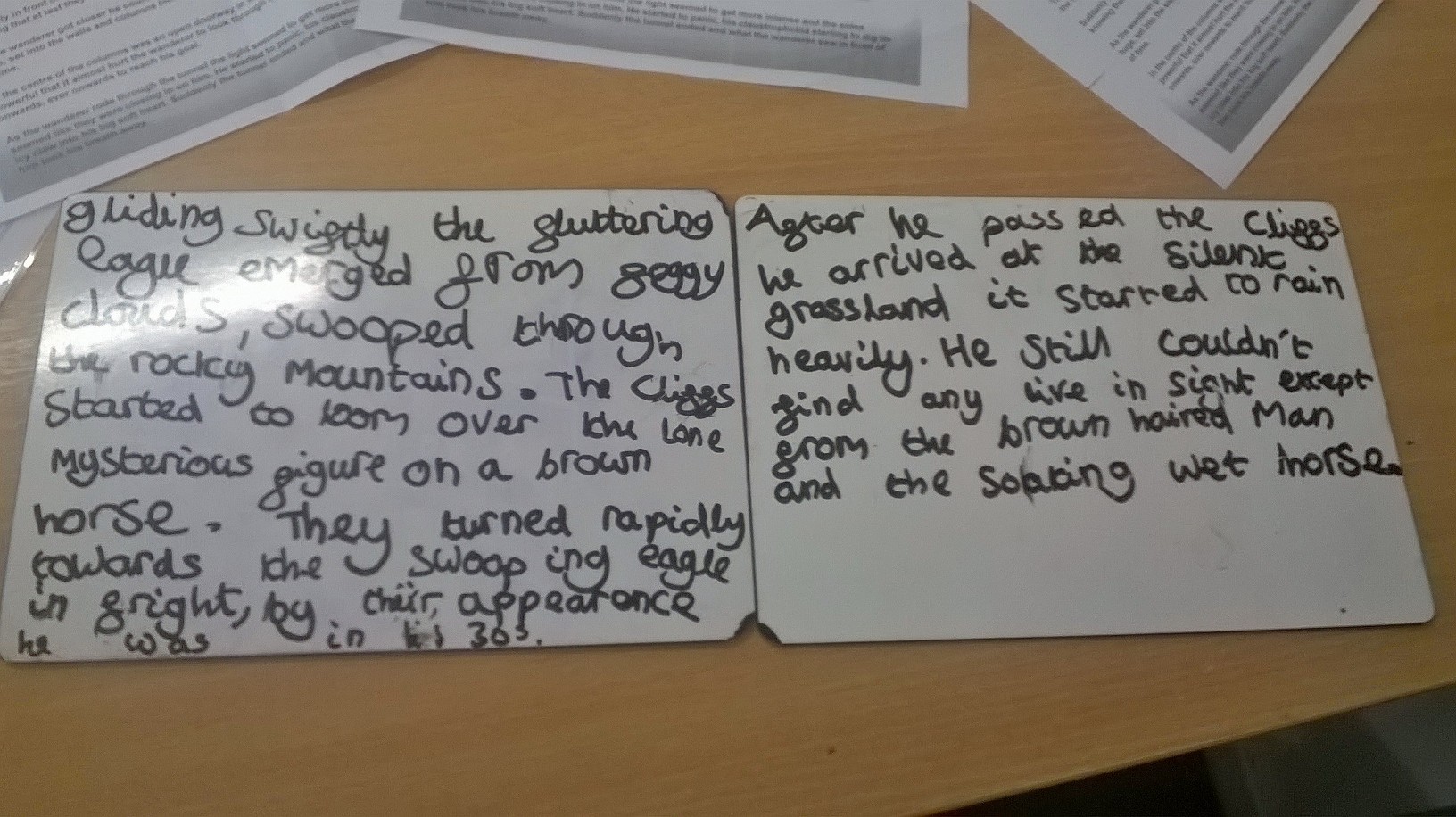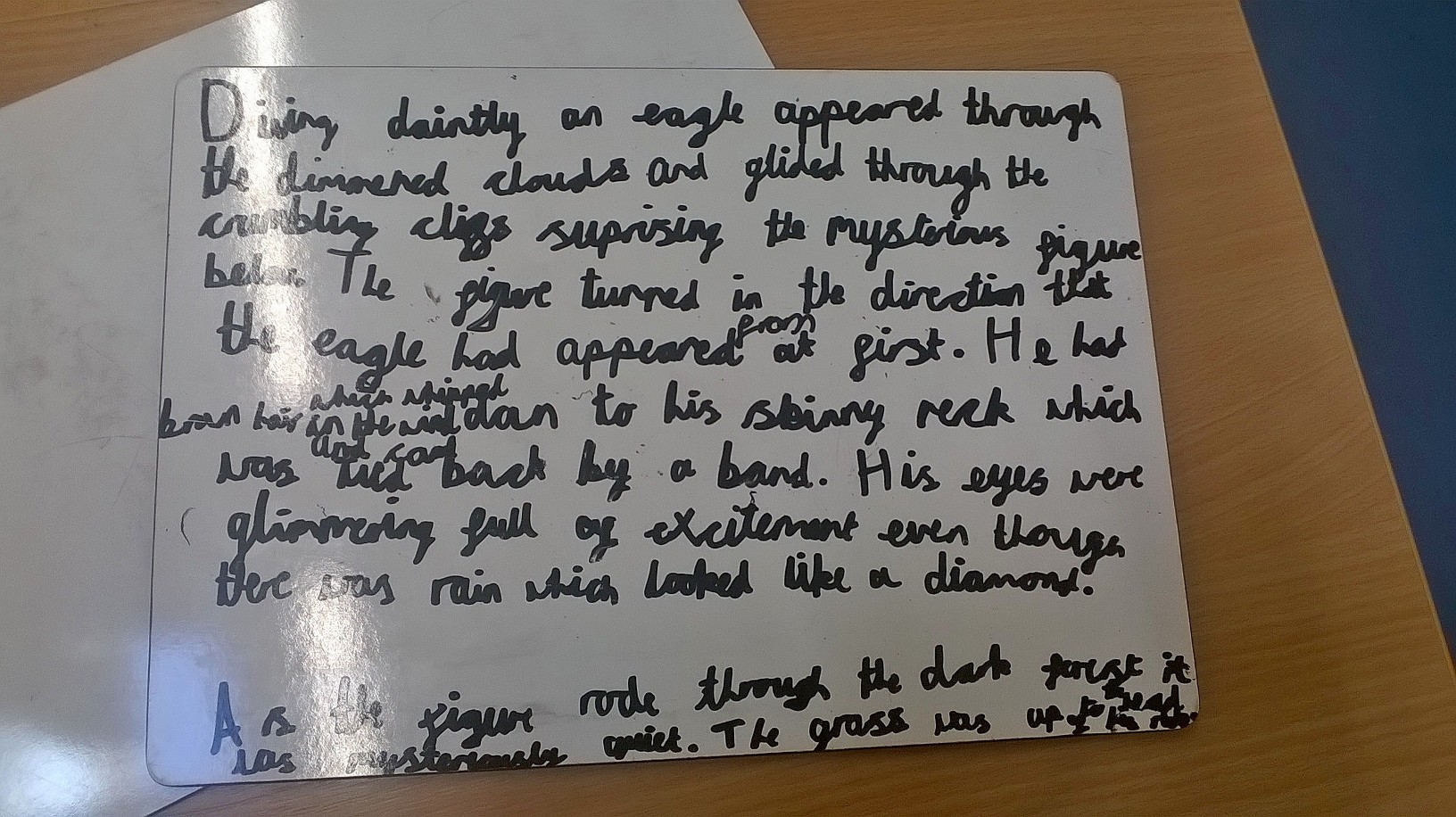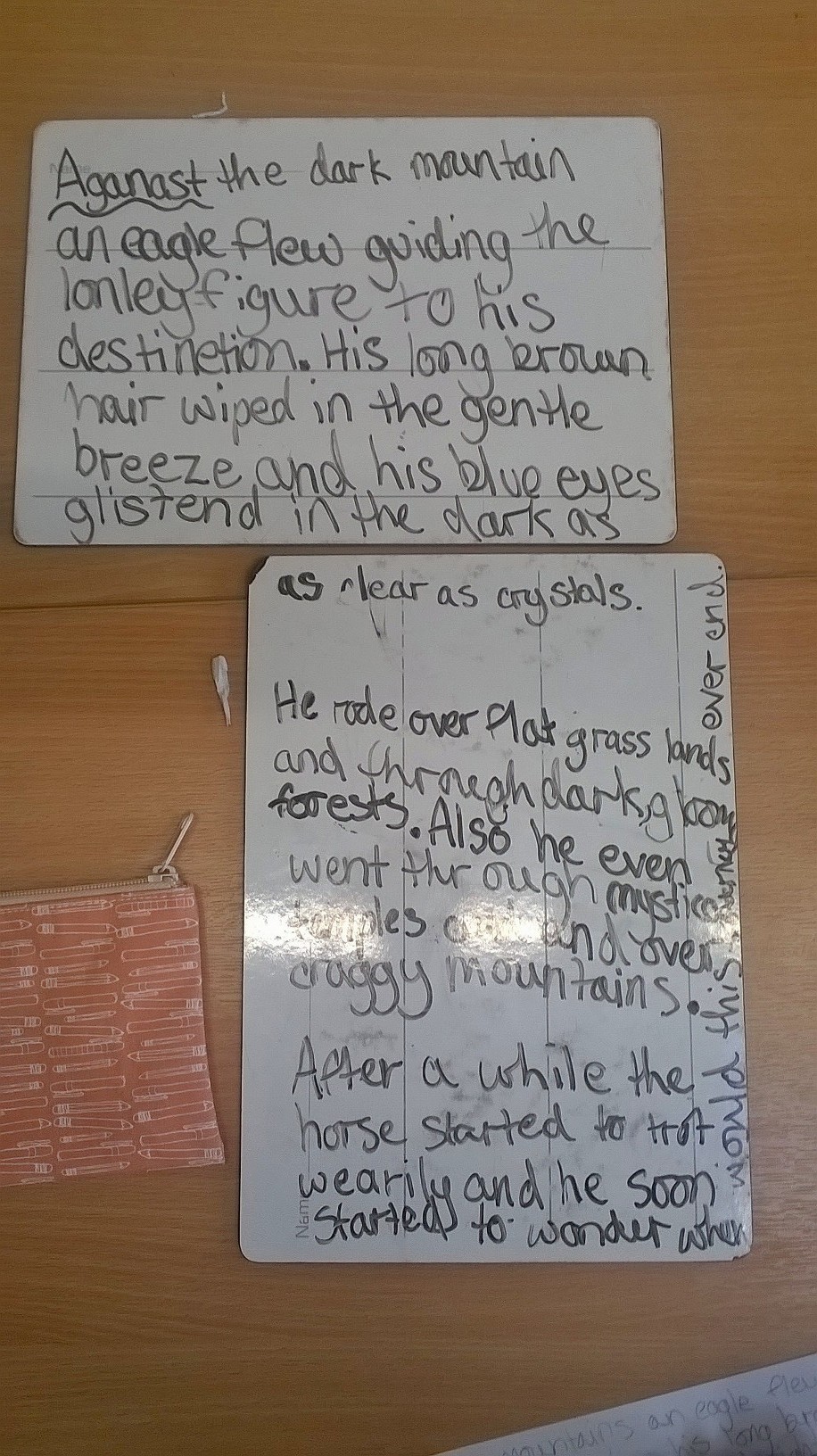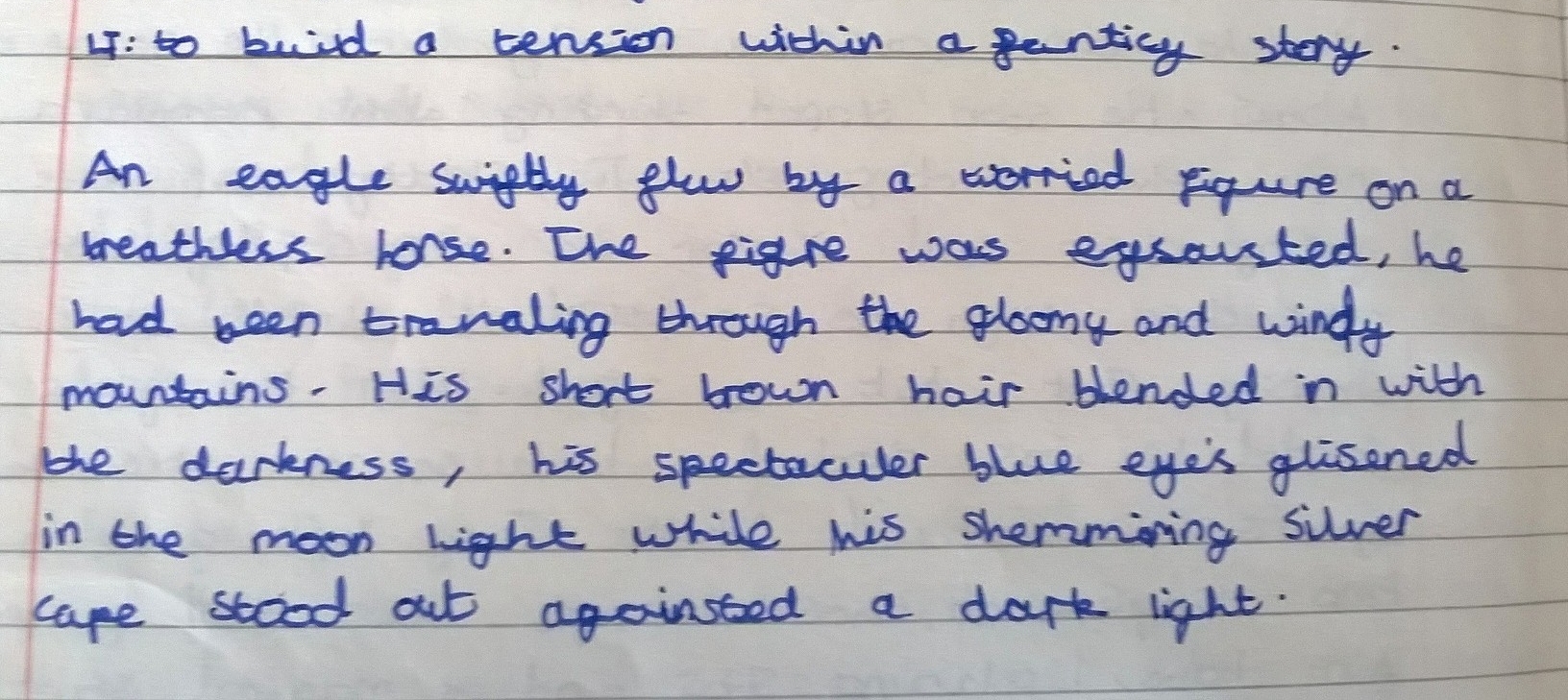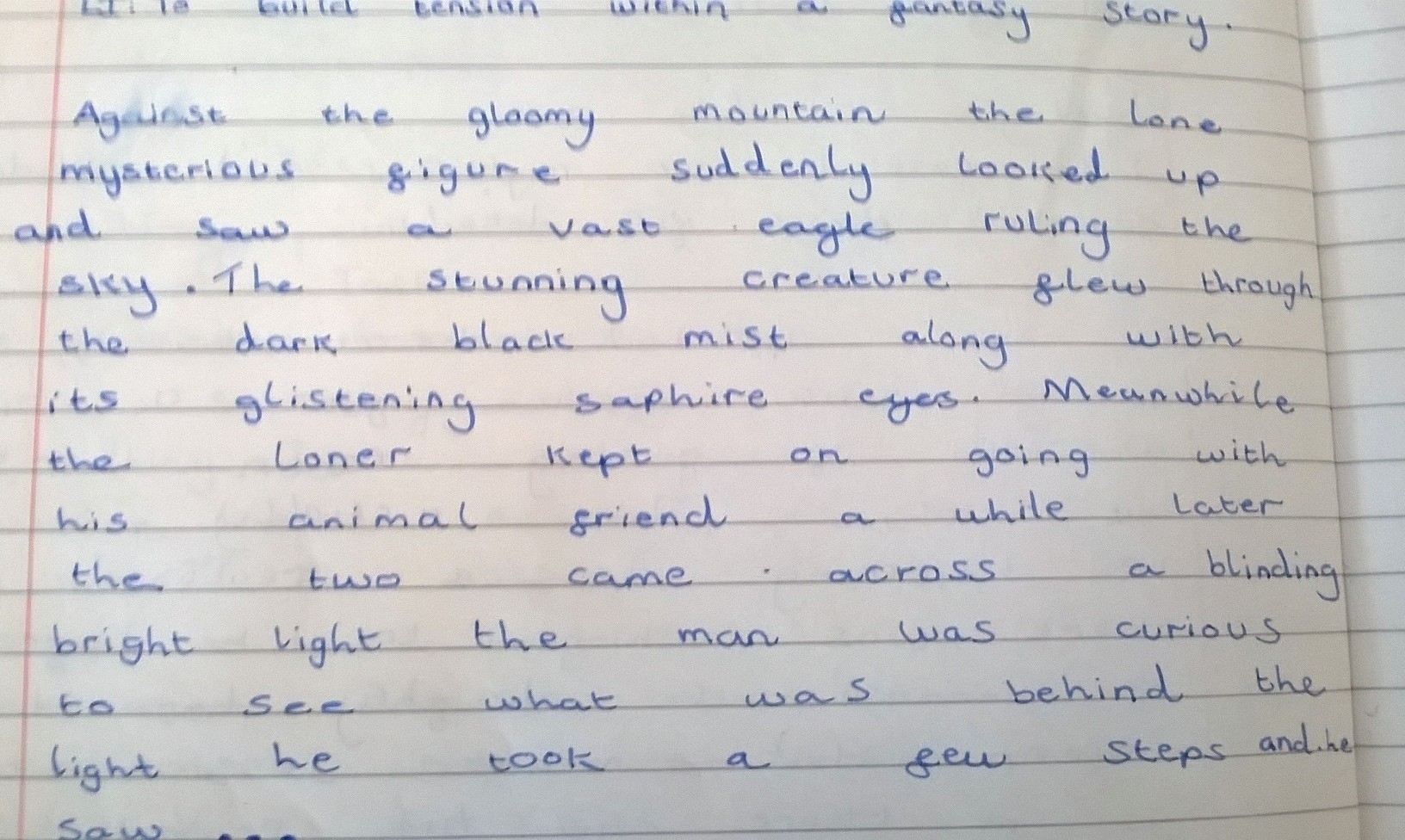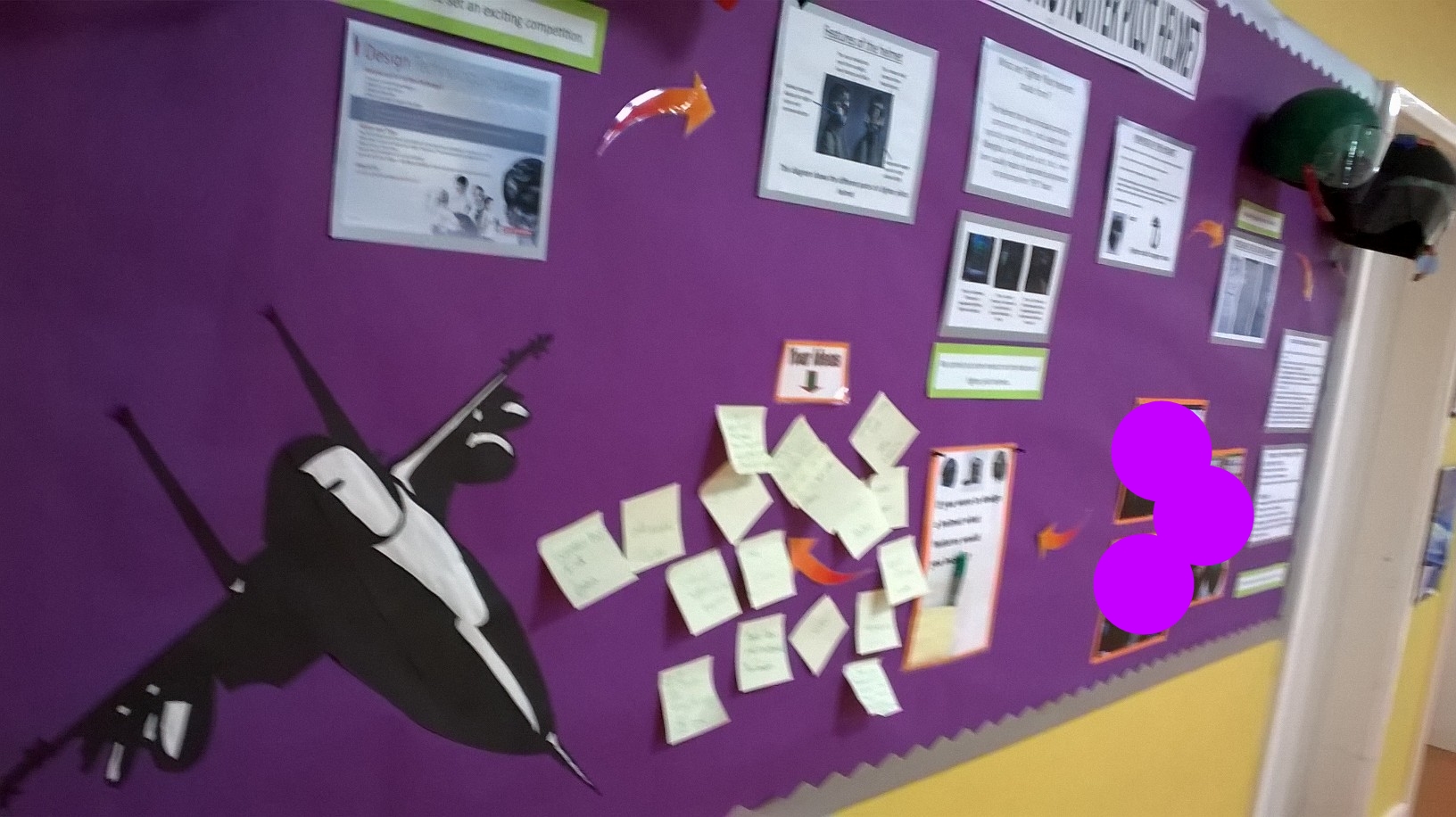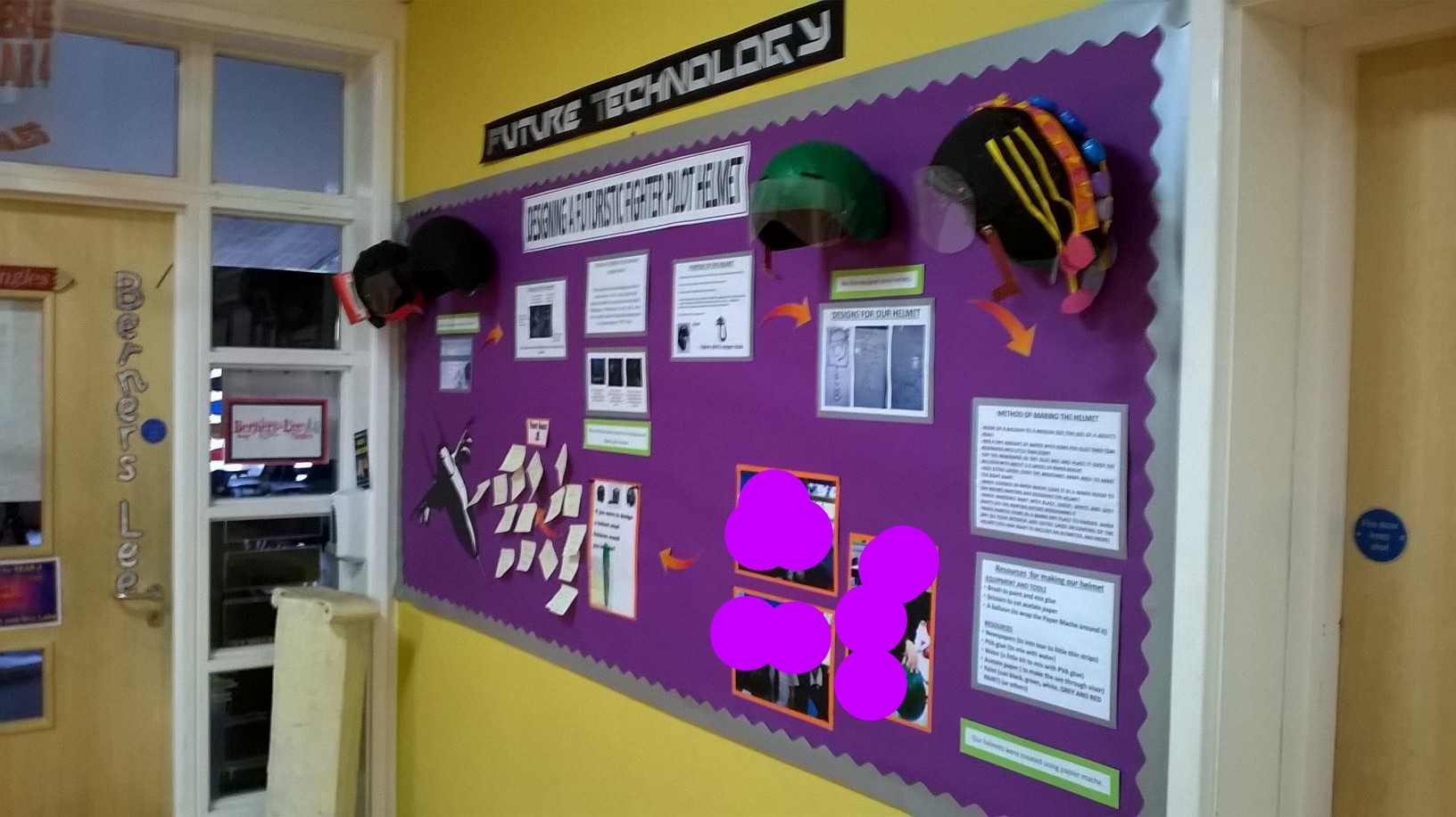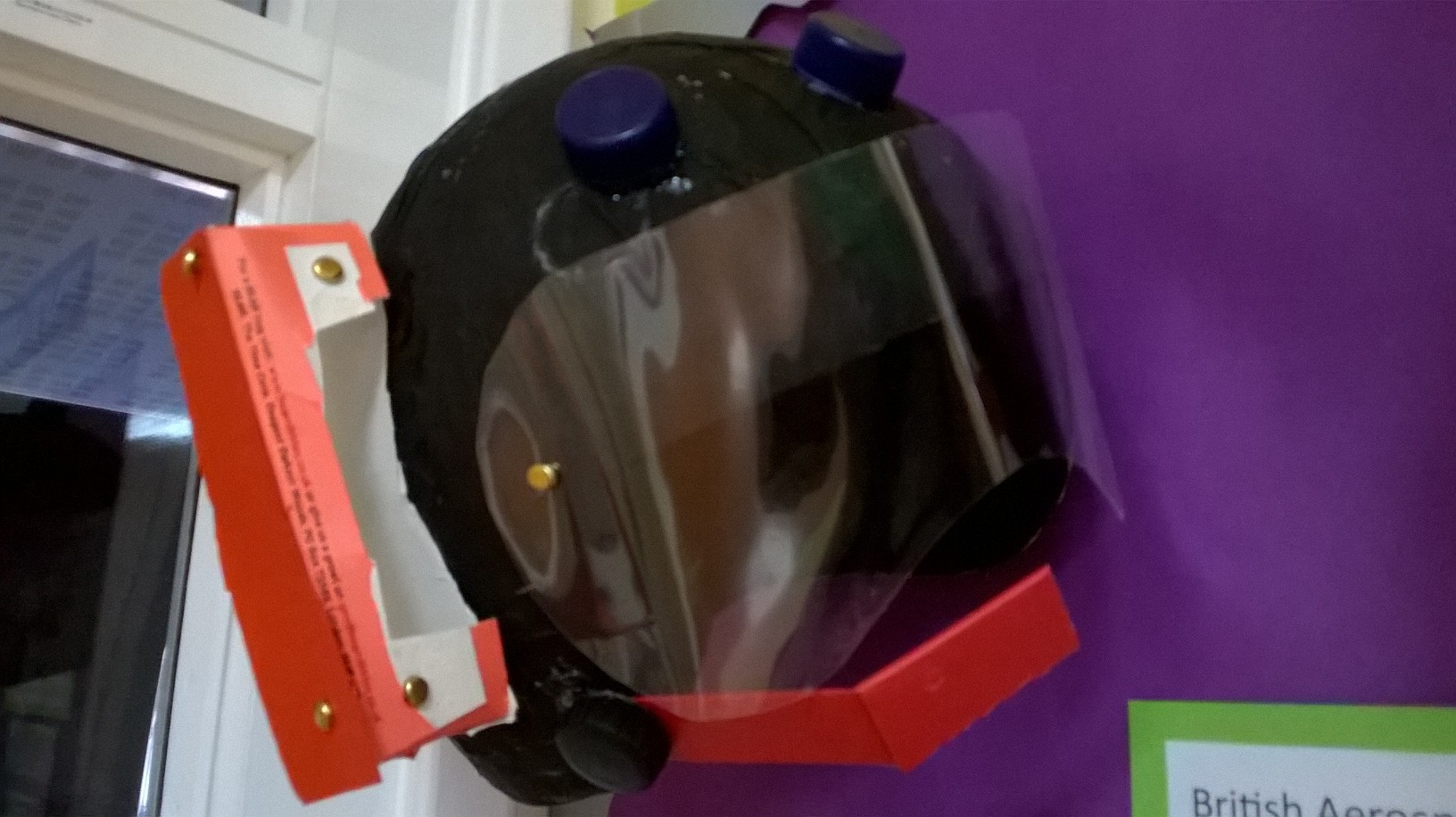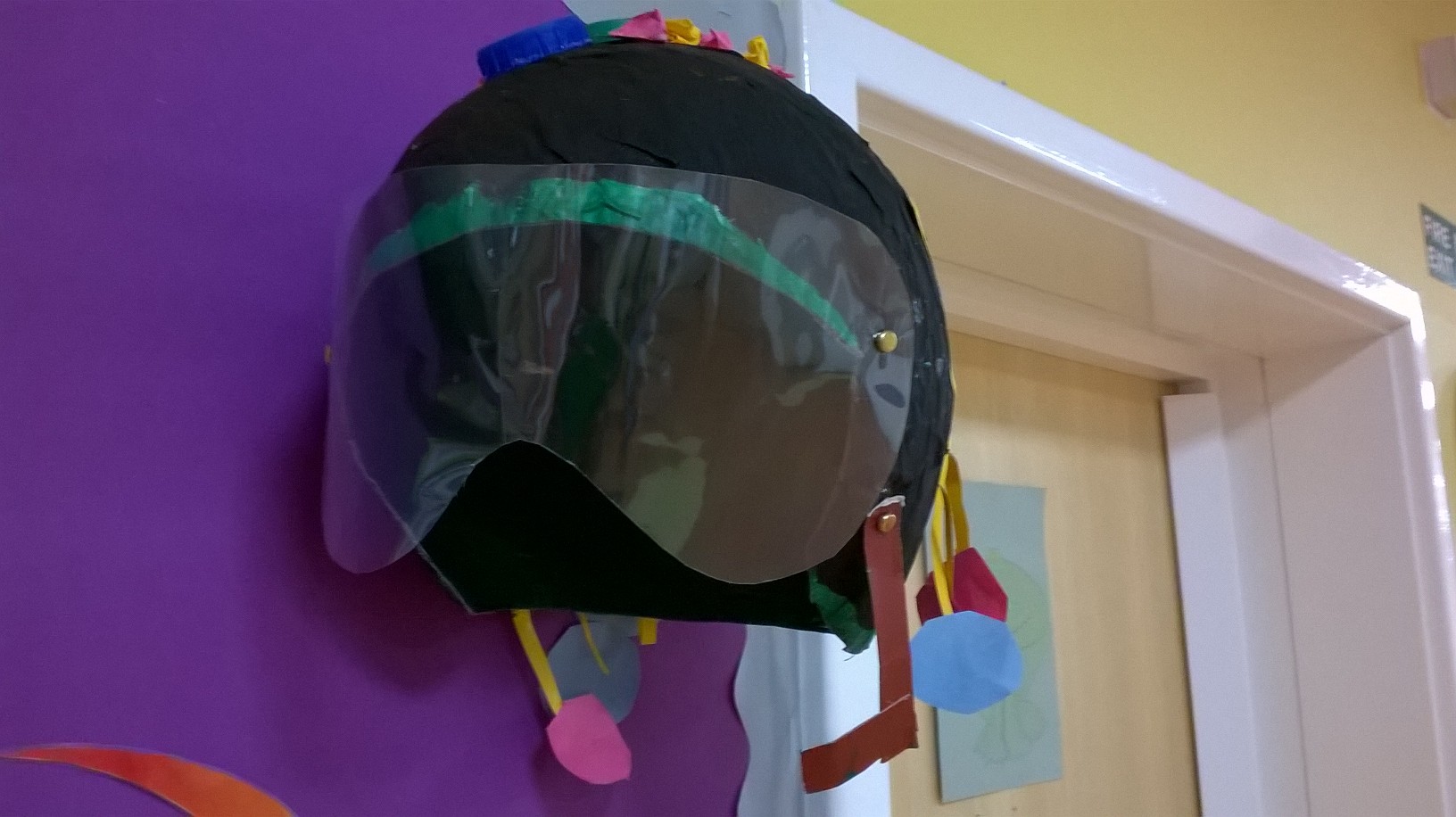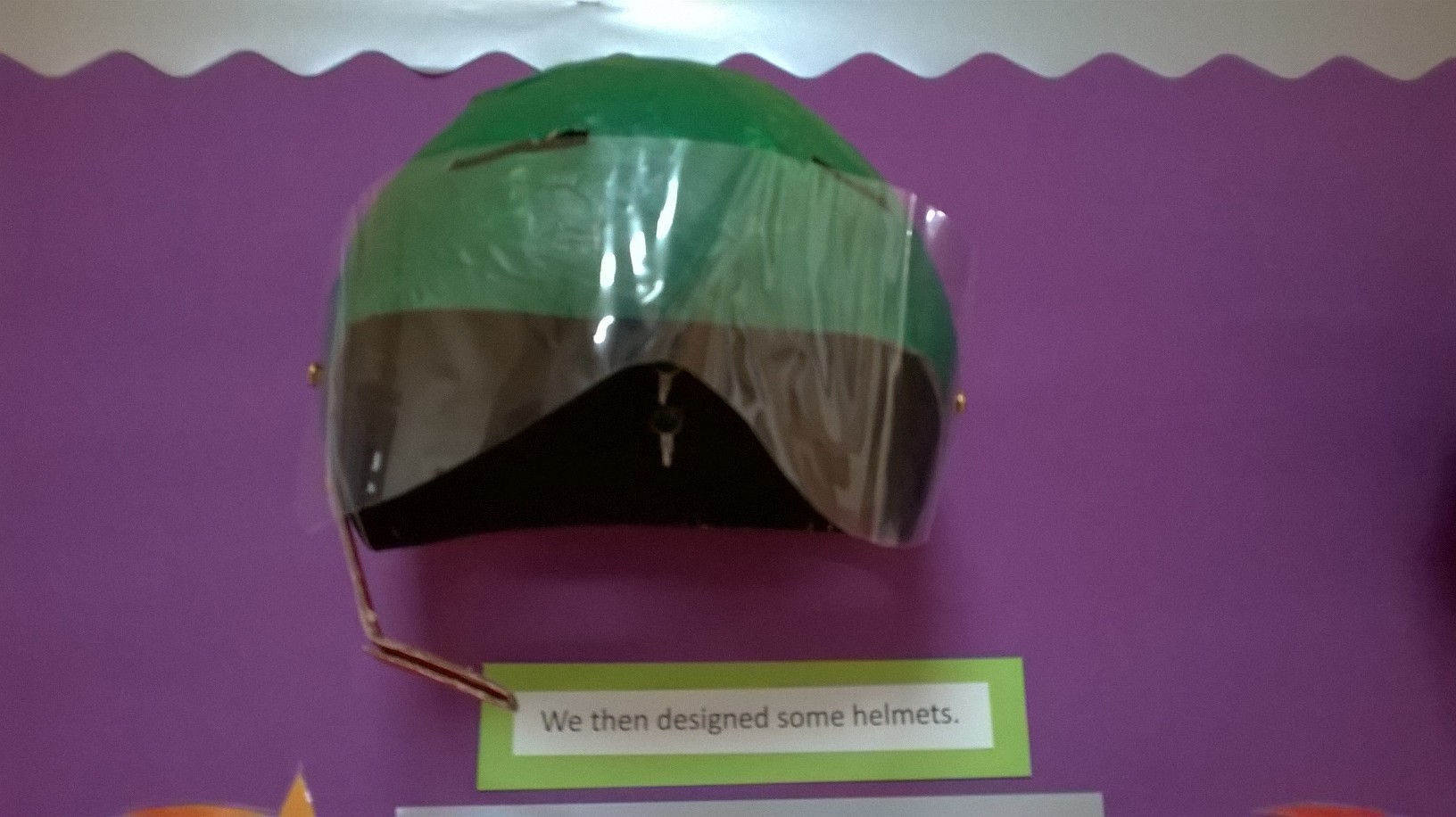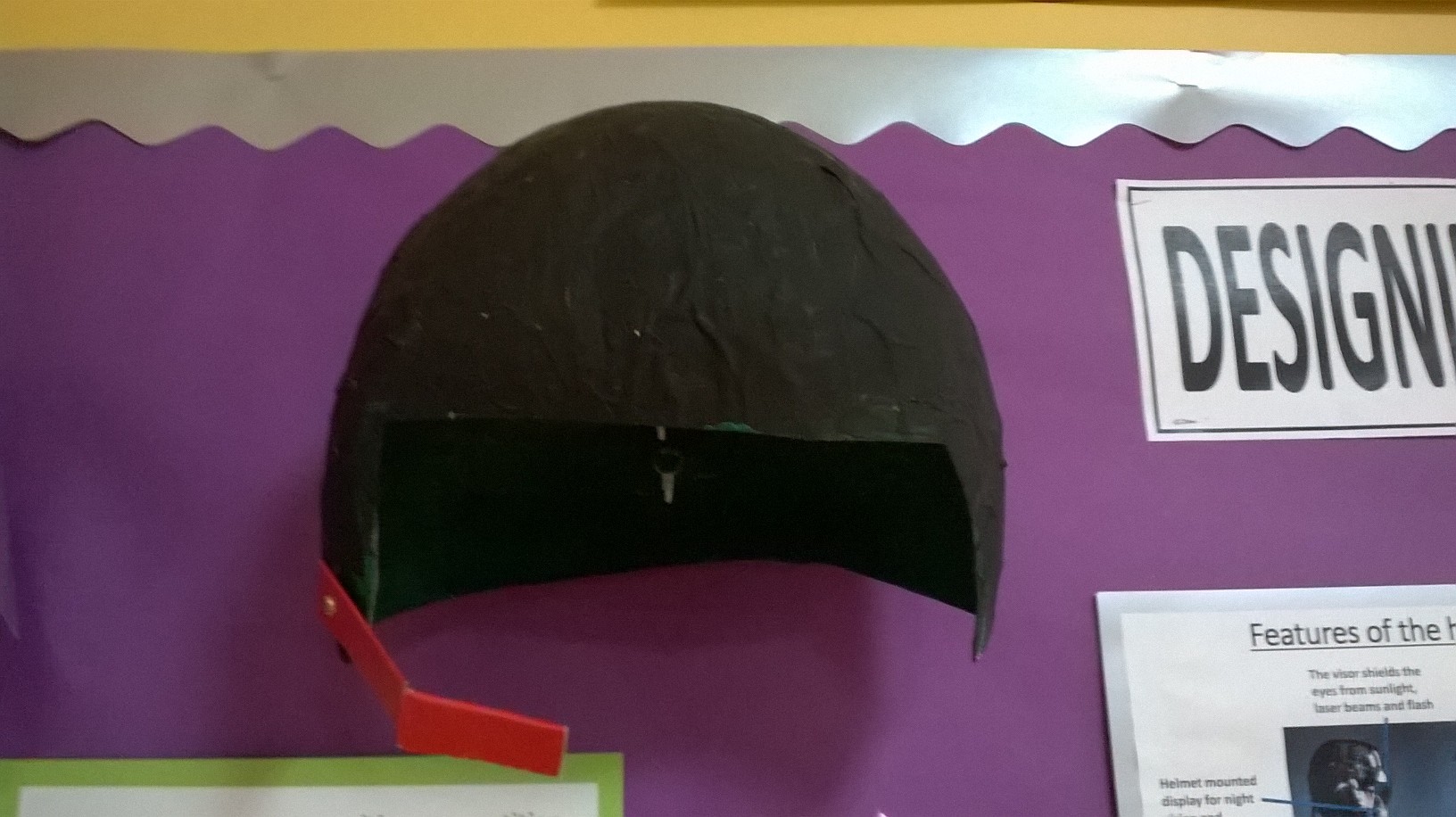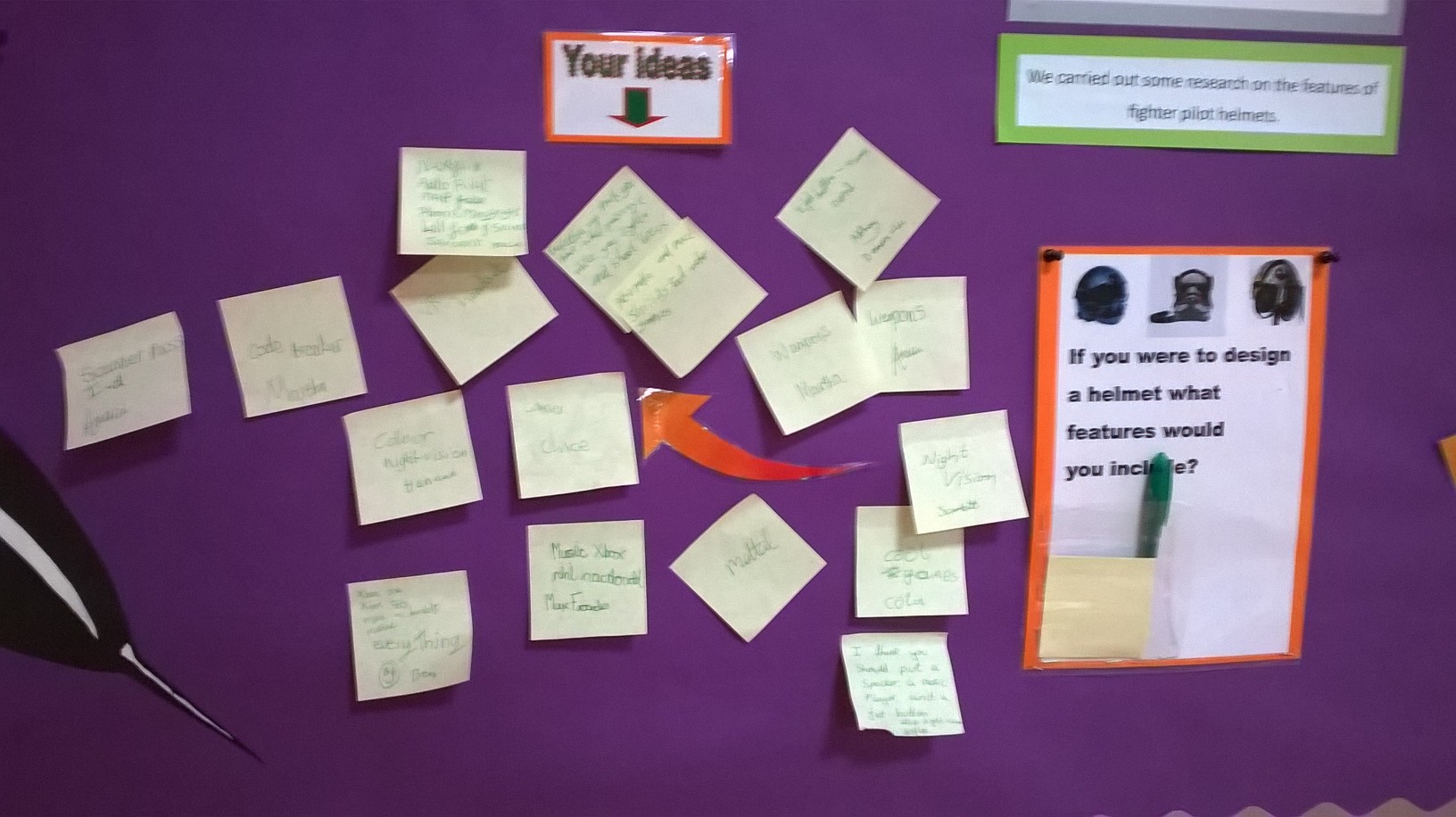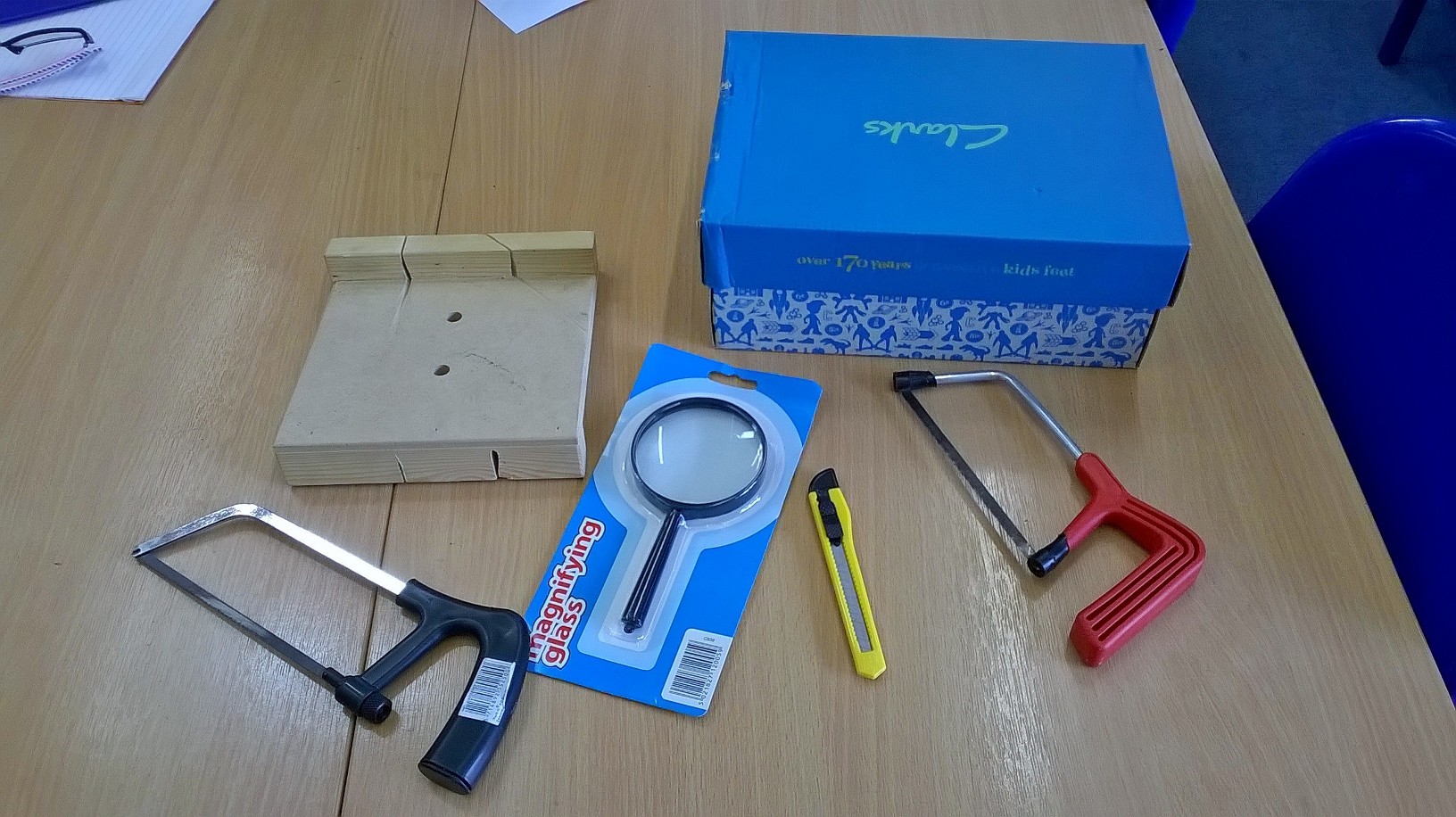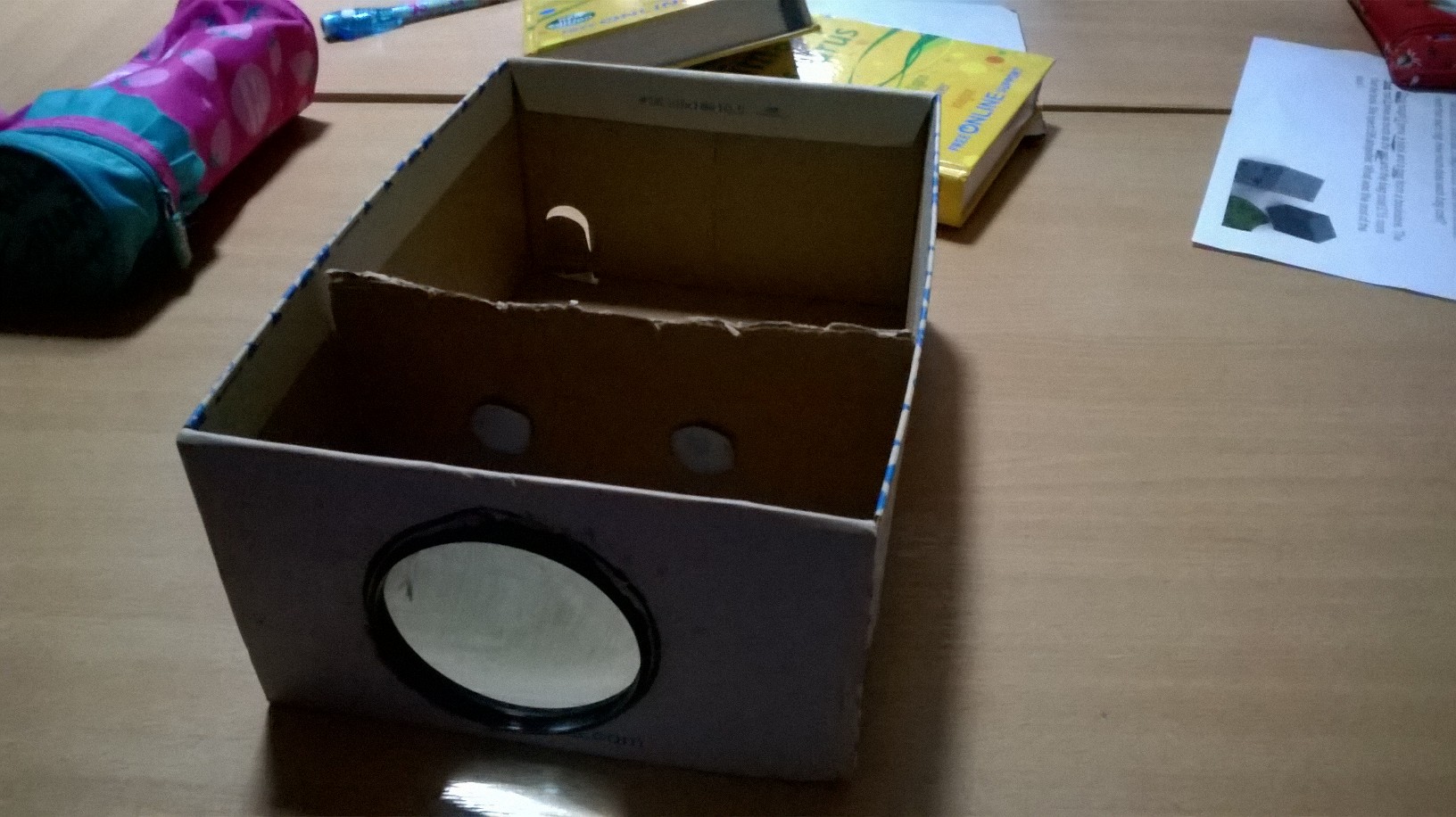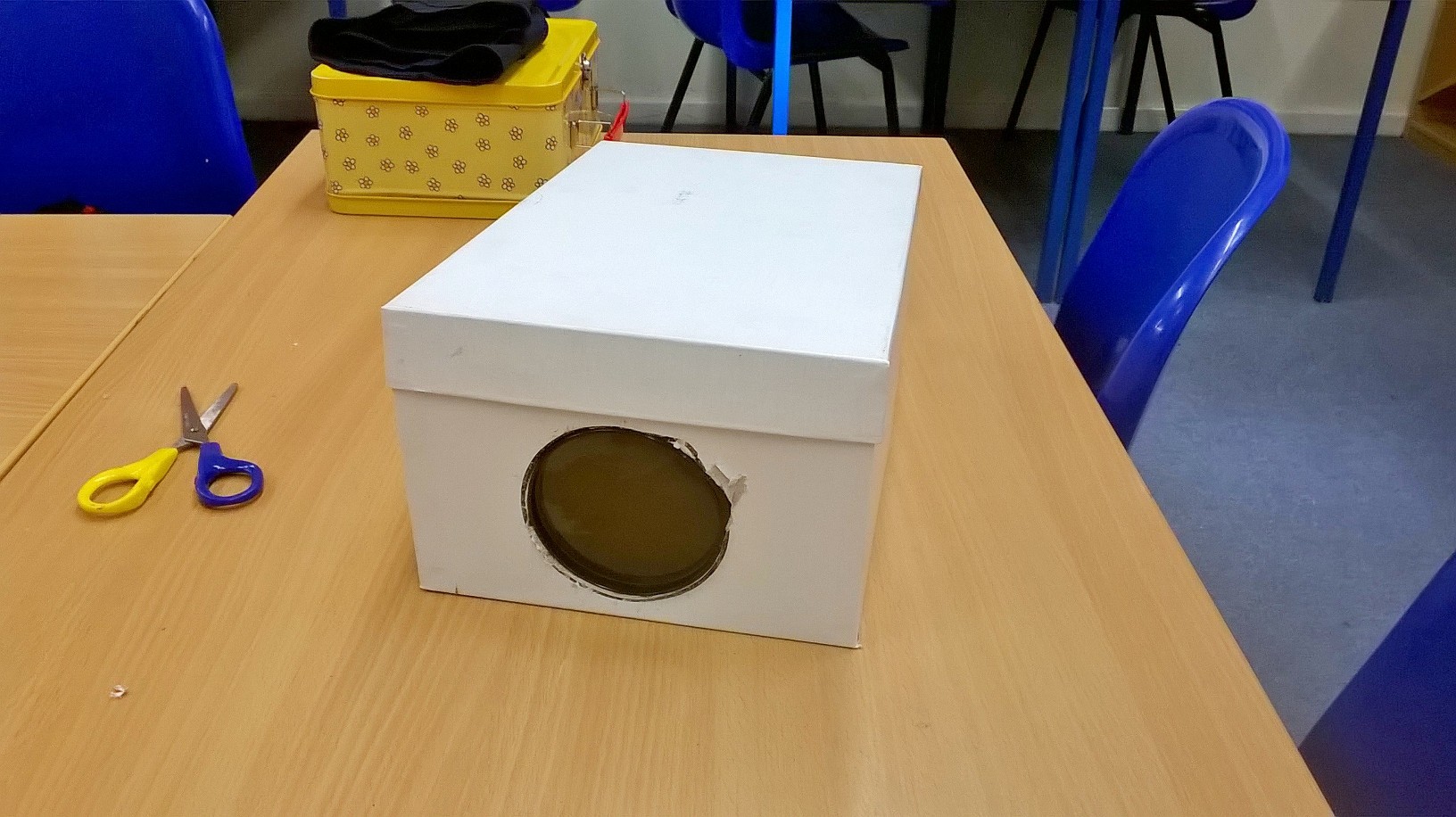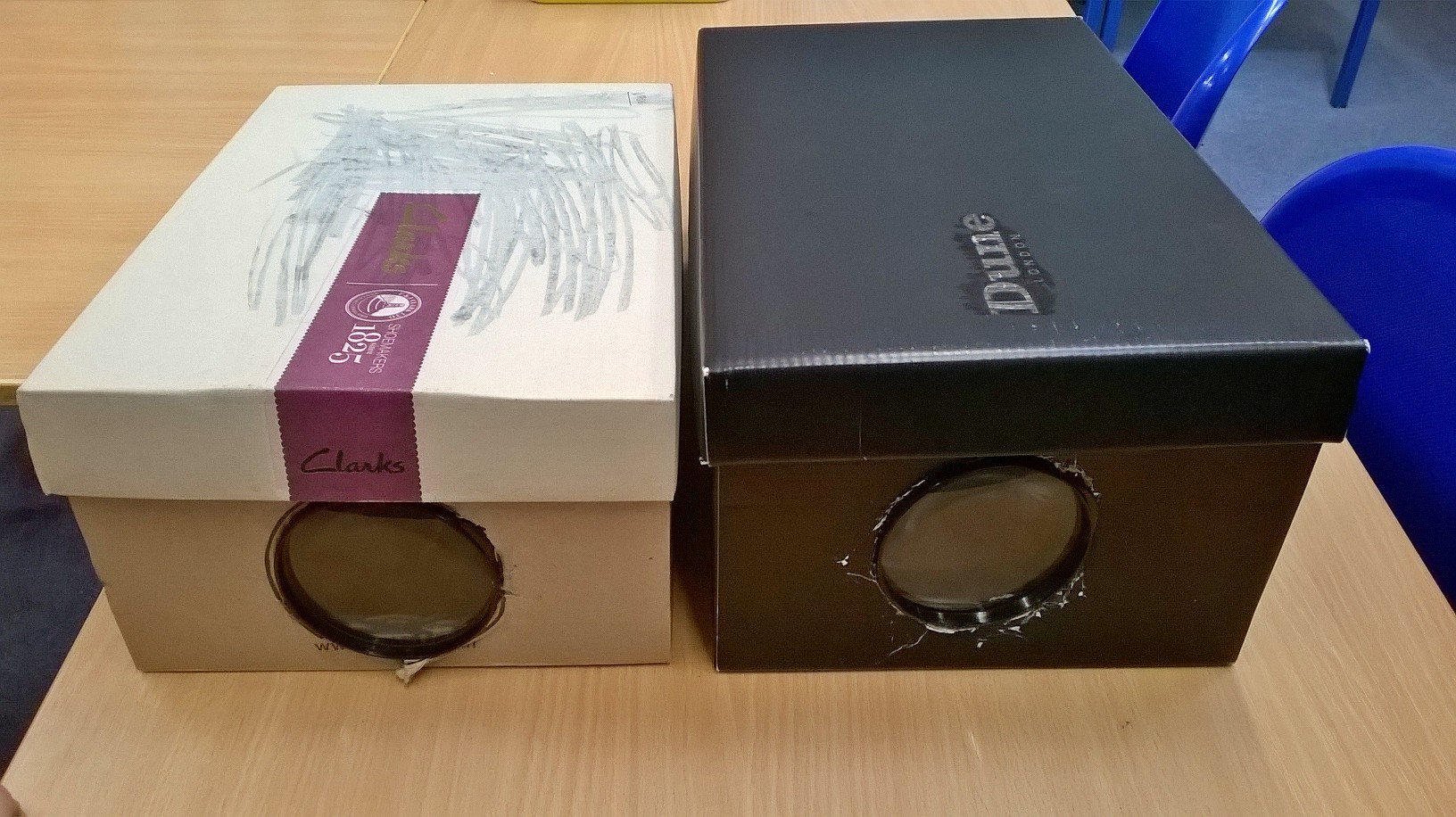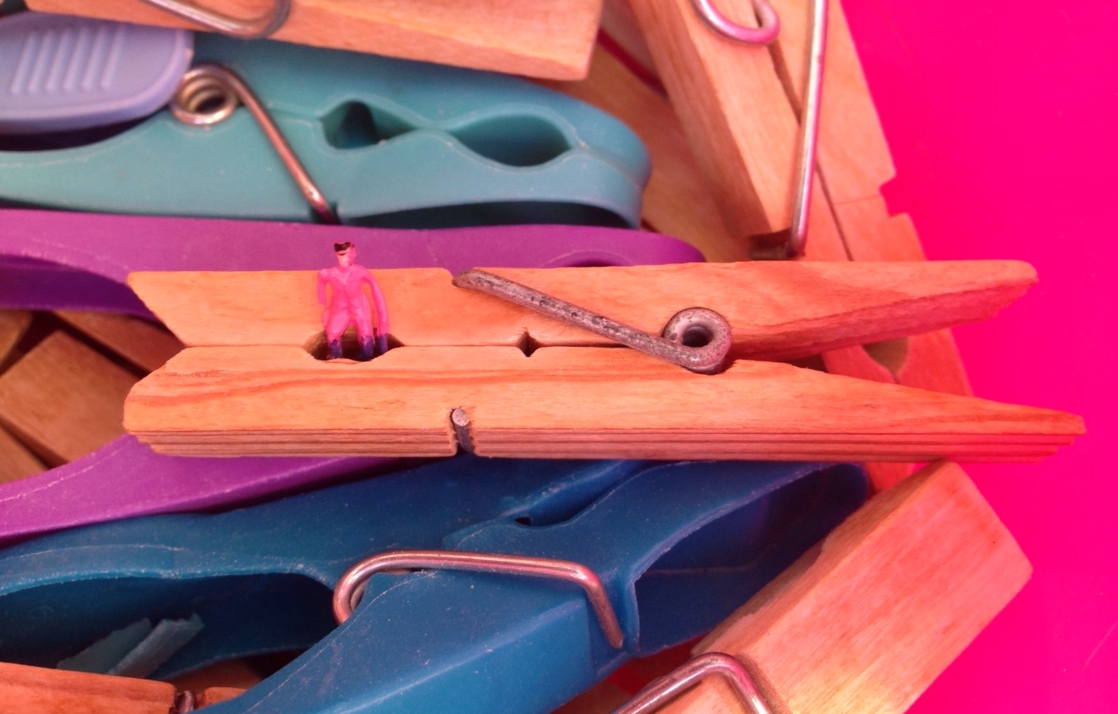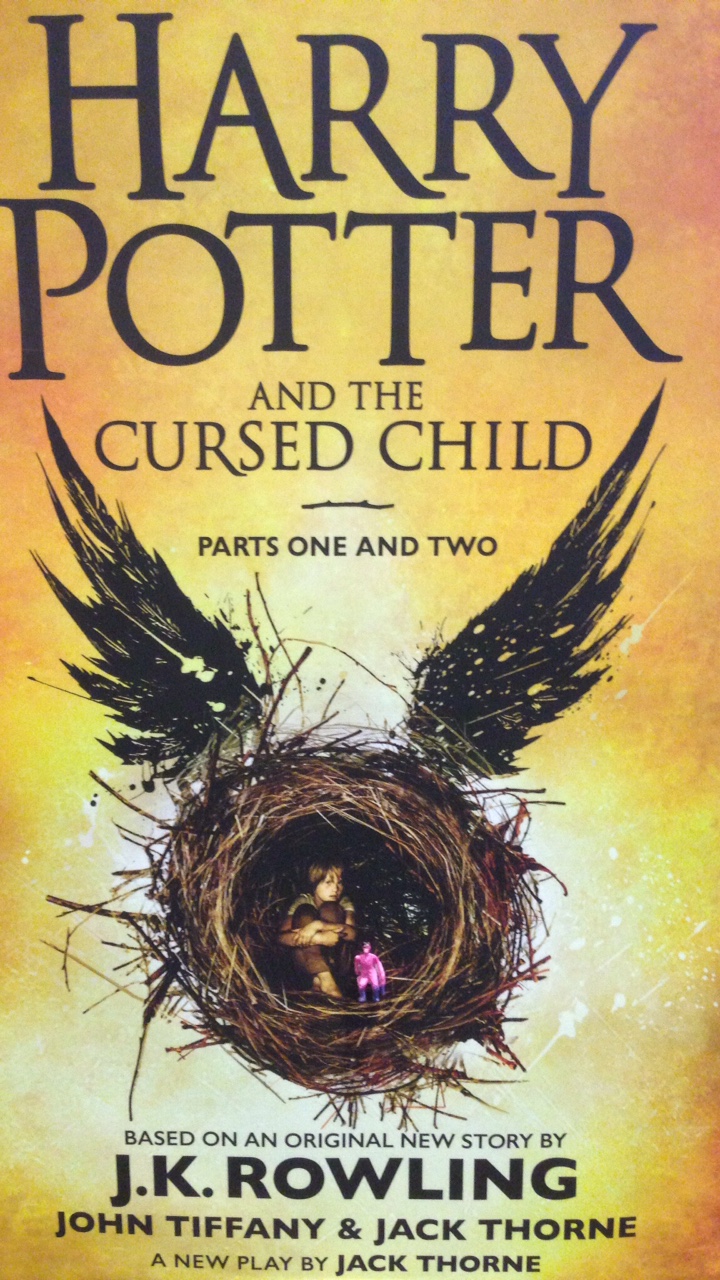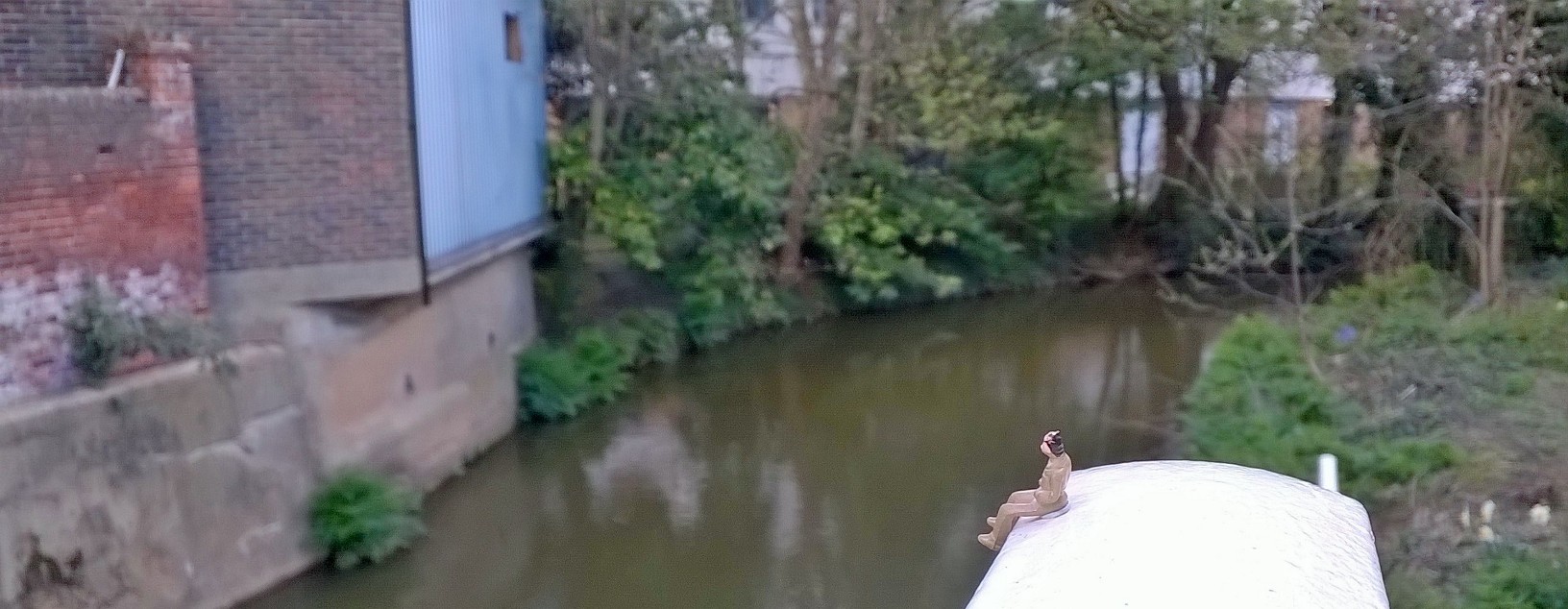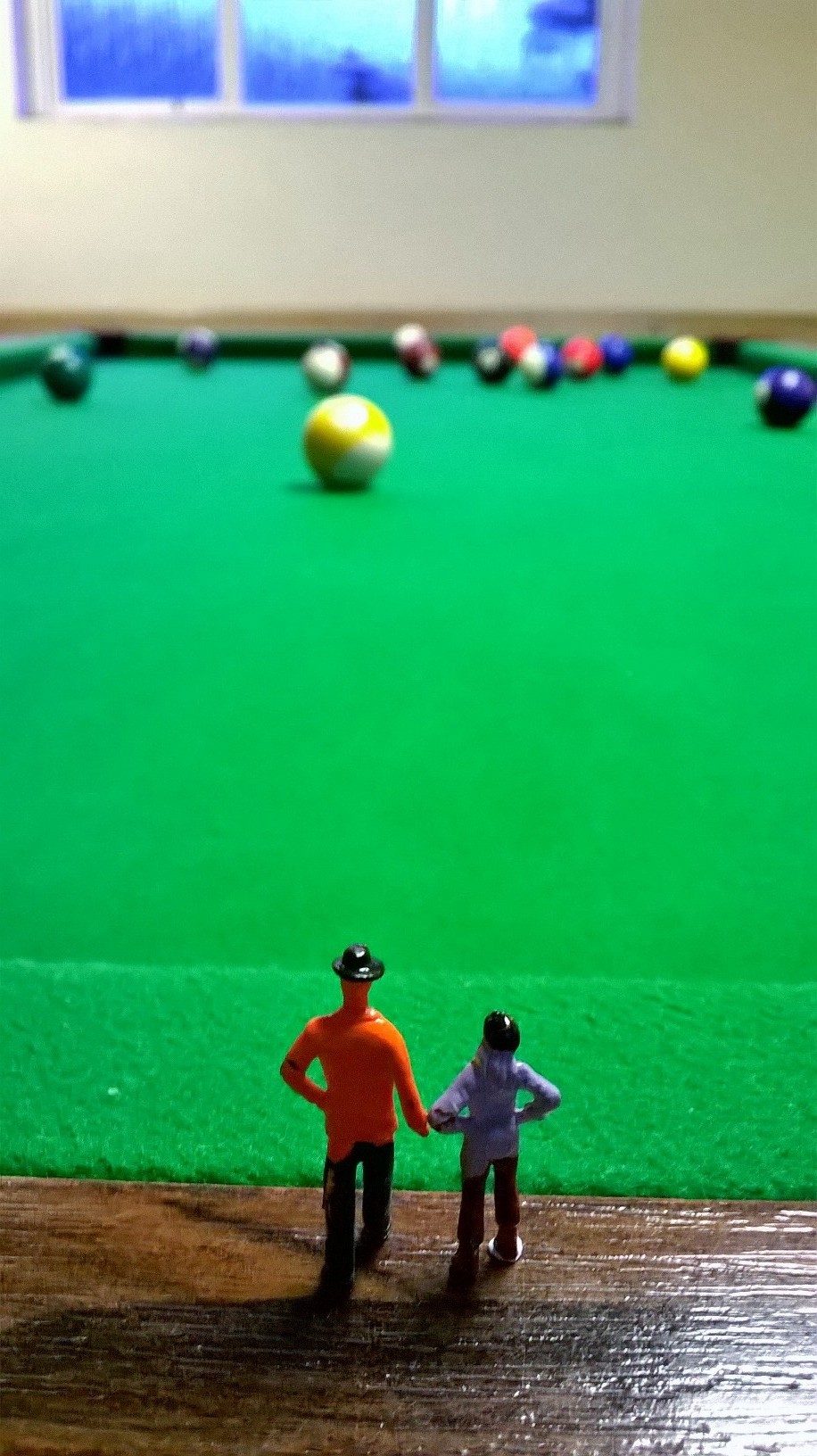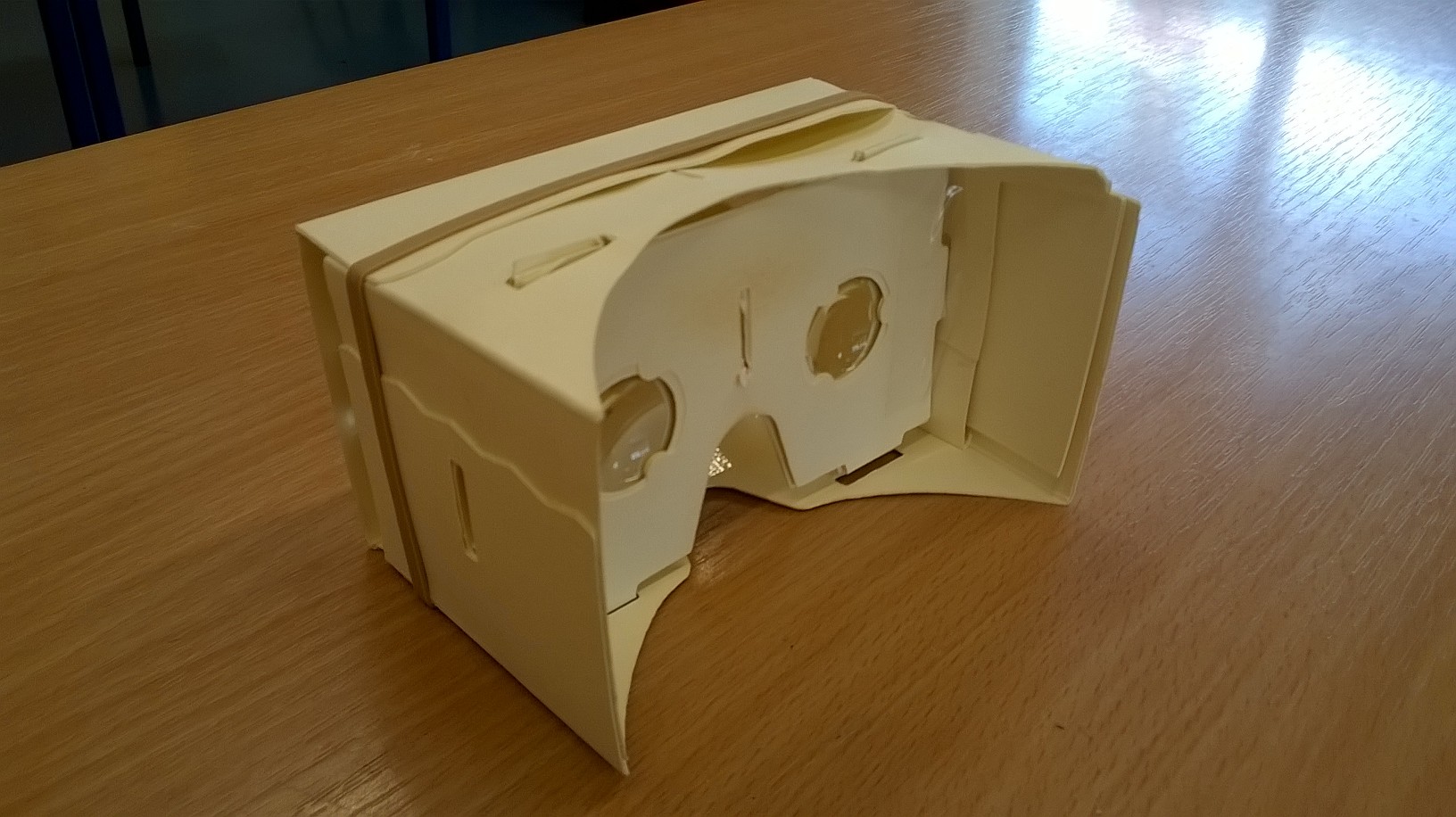At our school we have been using the game Abzu as a stimulus for writing. I've spoken before on numerous occasions about how video games can be used as a contextual hub for learning and in the past we have used some games to help on the learning journey.
I have played and completed Abzu in my own time and I enjoyed the experience, the fact that the story line and its meaning were ambiguous, its visual style abstract and its music soothing and dramatic made me feel that this would be a good game with which to engage the pupils. At its core Abzu is a diving game but this is incredibly reductive as in the game most of the time is spentswimming with the myriad of underwater creatures, but it's distinctive visual style of flatter shapes, flowing lines and an expressive use of light and colour make it stand apart from the more uniform style of games like Endless Ocean, another diving game which I have used previously.
In Abzu you play a silent diver and explore a strange, underwater realm. In terms of gameplay, it's fairly simple as you swim and interact with a few mysterious objects. Because the game itself has minimal HUD on screen all you see are the gorgeous visuals with the natural environments in lush bright colours giving way to mysterious sunken ruins with strange hieroglyphs, which seem readable but for the need of a Rosetta stone equivalent.
But there are no question marks about Abzu's beauty. It's not so much that the individual elements are all that astonishing, but the way they're orchestrated, with the shoals of beautifully animated fish, the slowly undulating vegetation, the areas of coloured light and shadow, regularly takes your breath away. At its best the union of music and visuals can be absolutely magical.
In our lesson we used Abzu to write a descriptive piece of writing. The children were presented with an image of the cover and had to predict what the game was about.



































